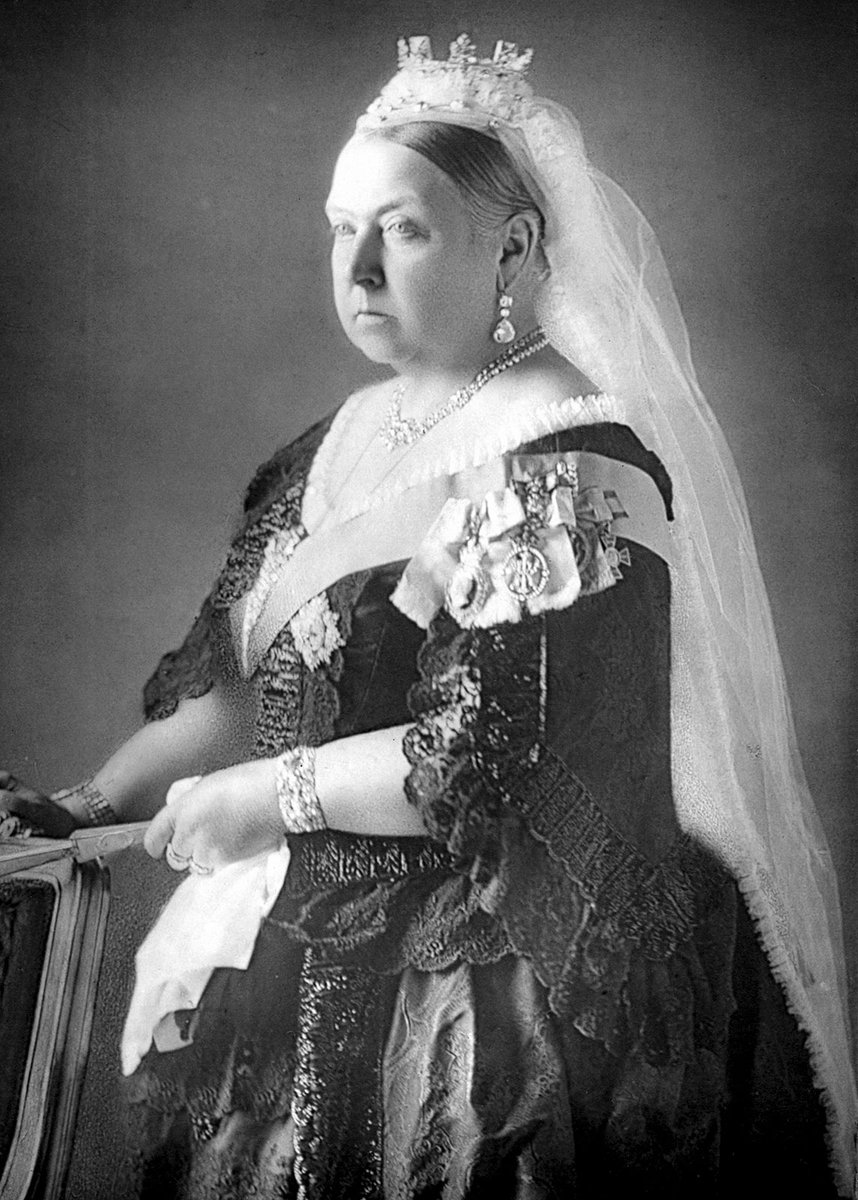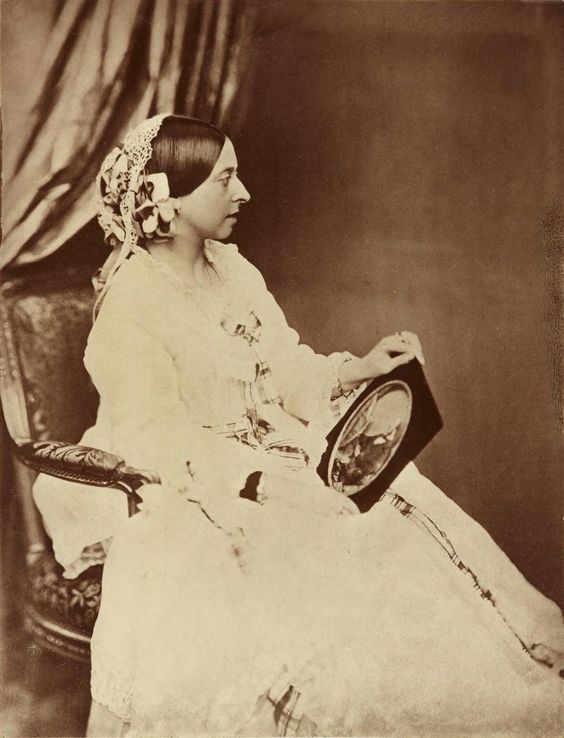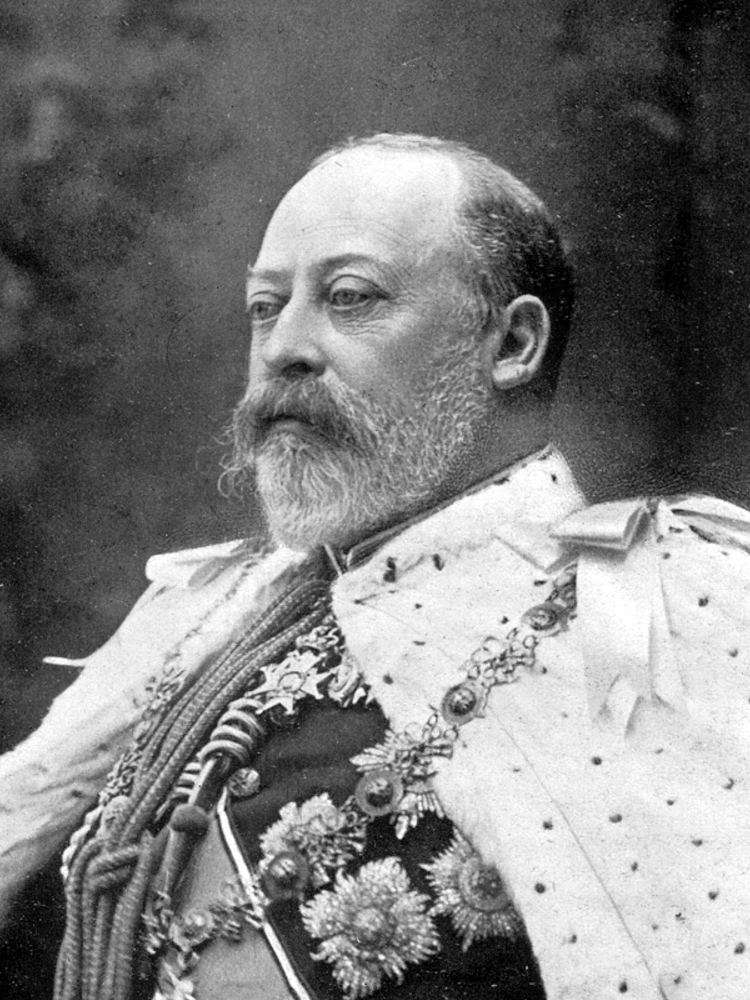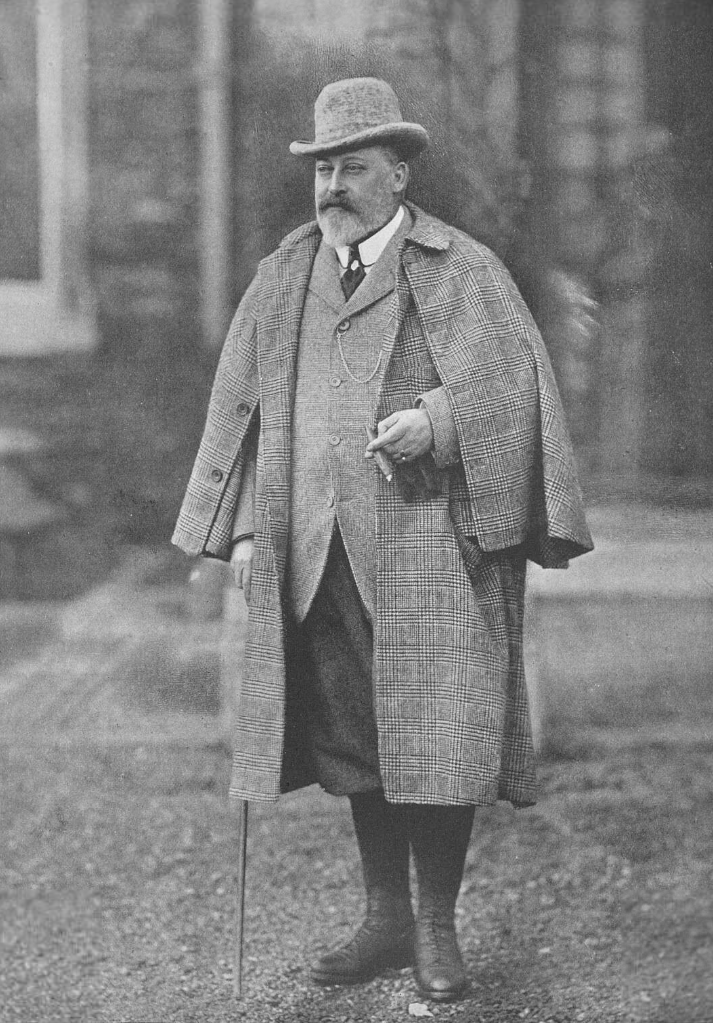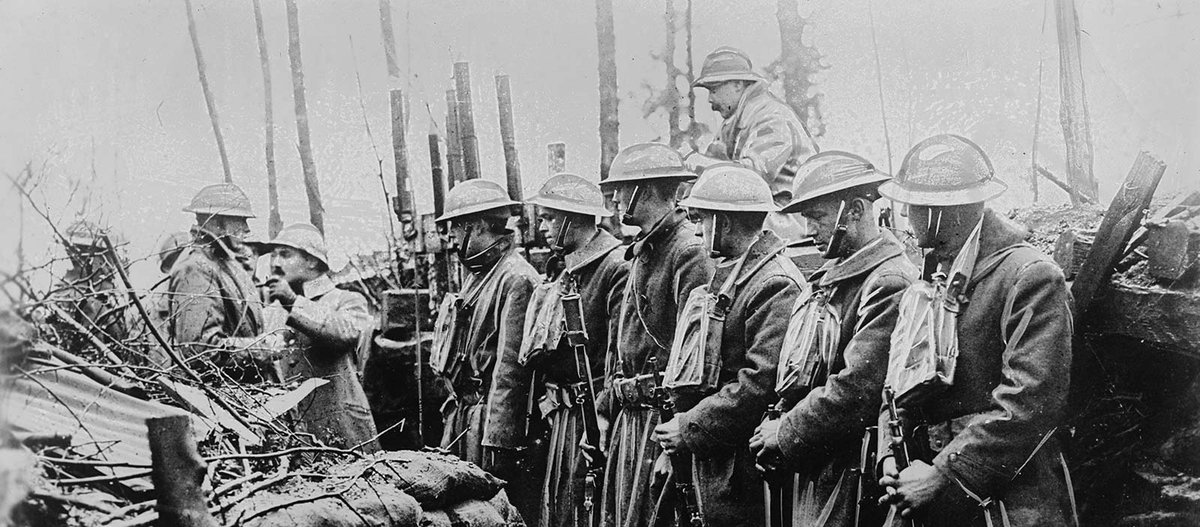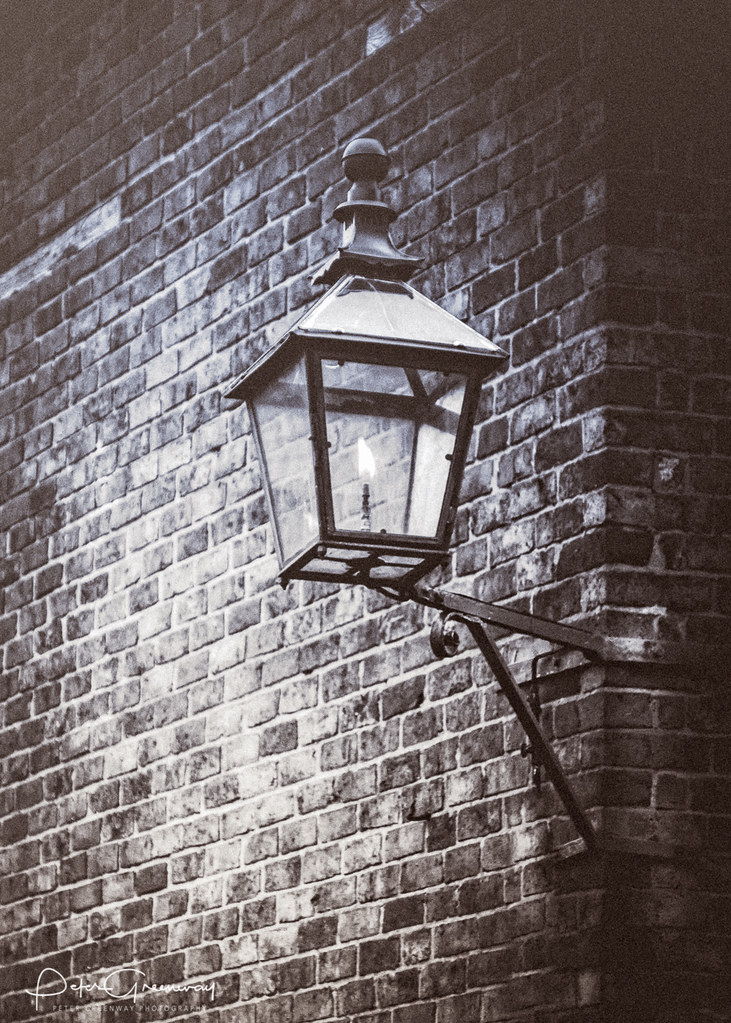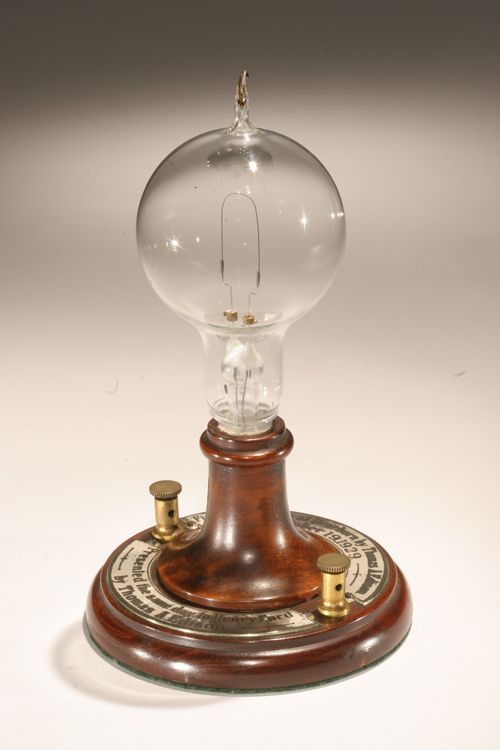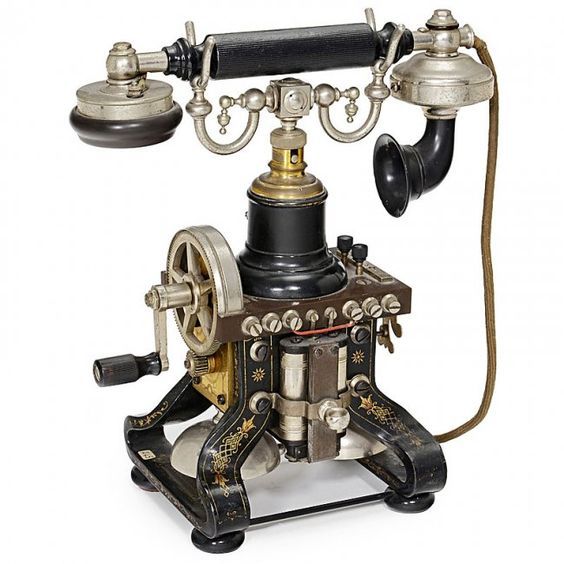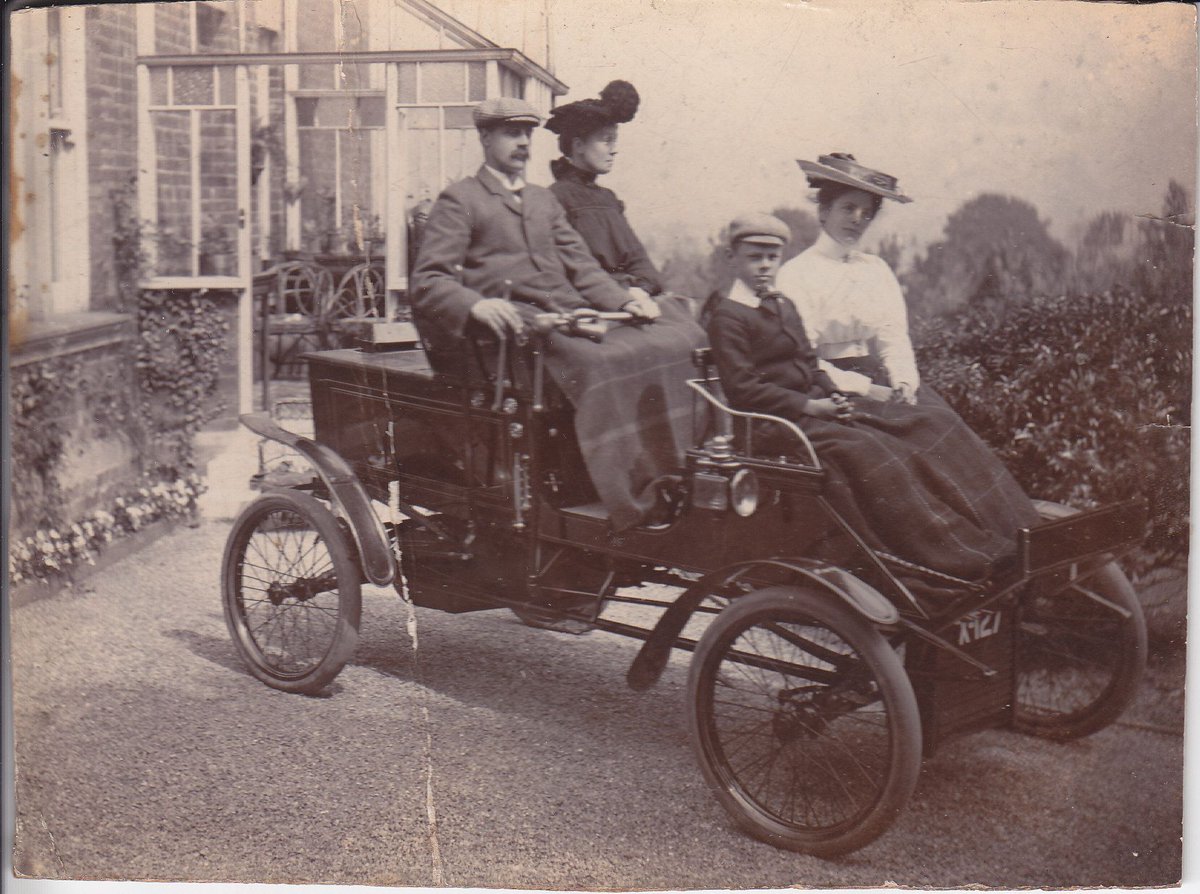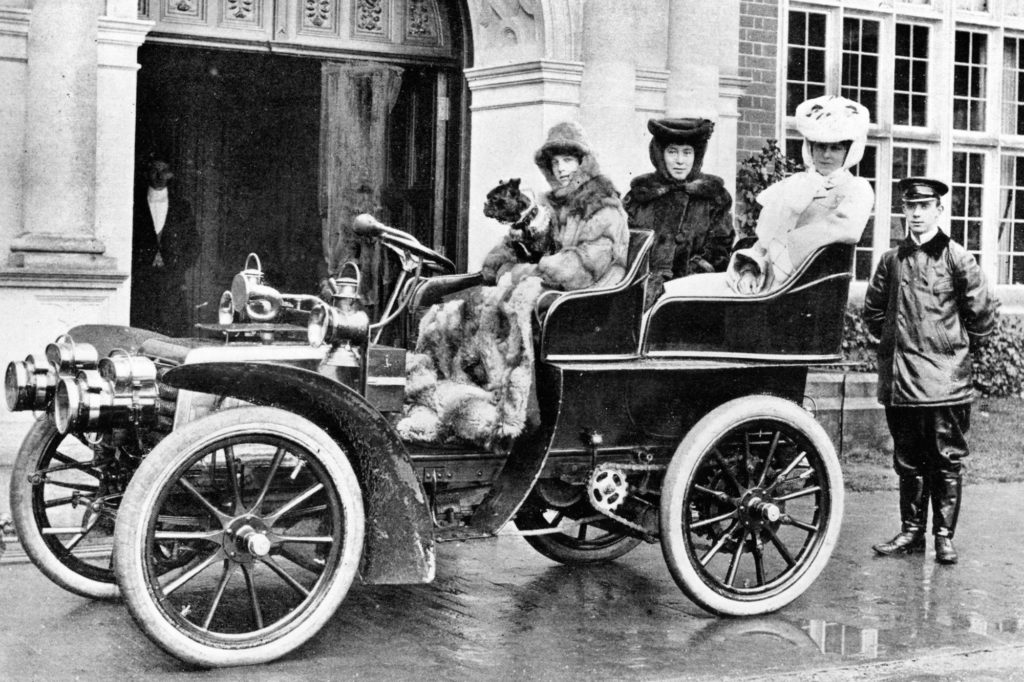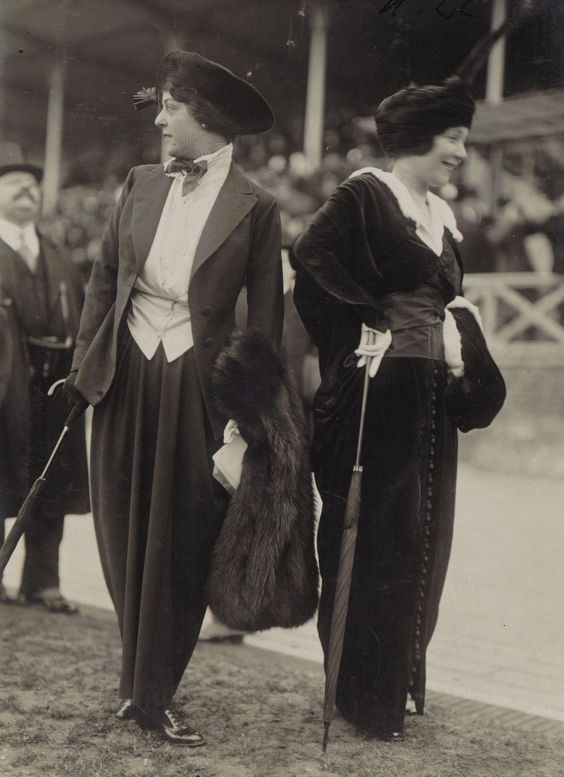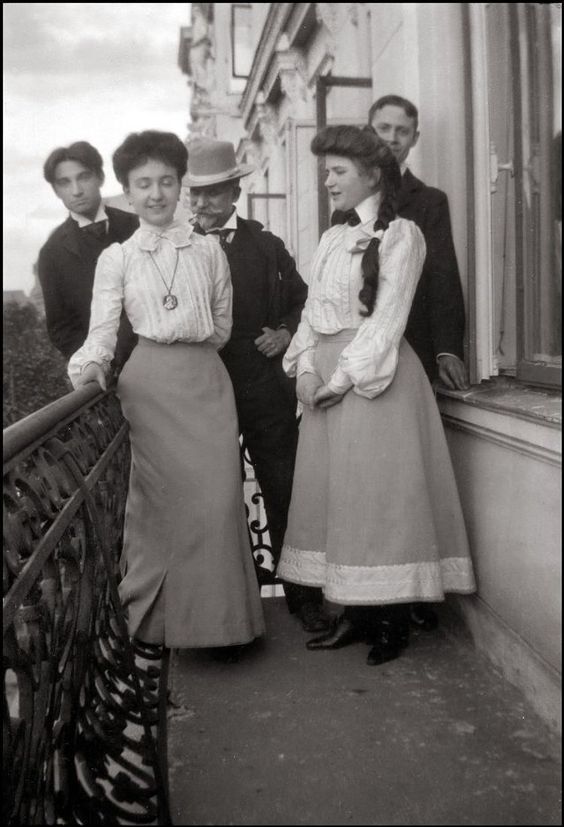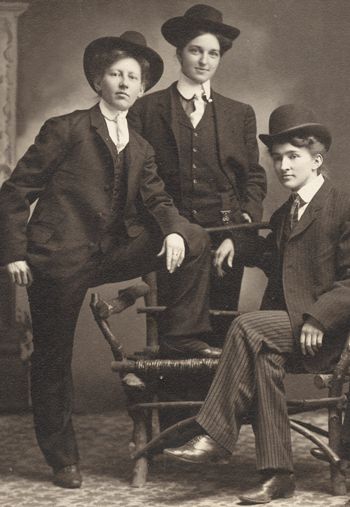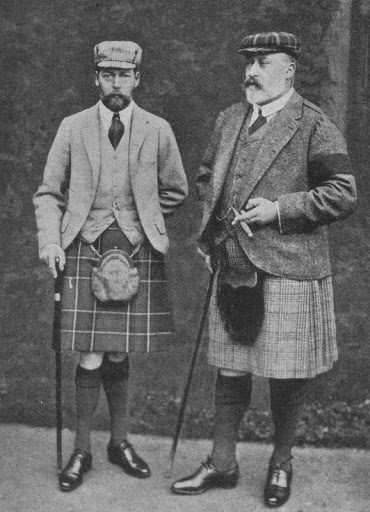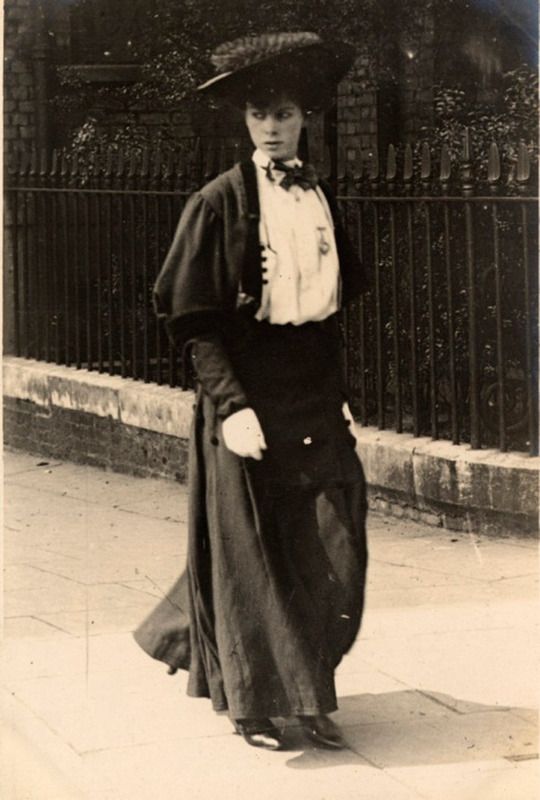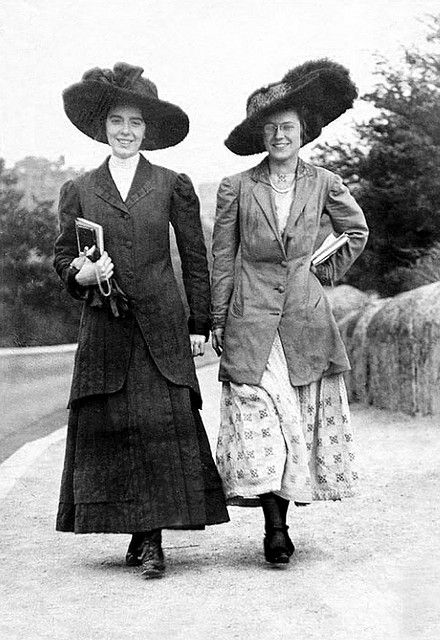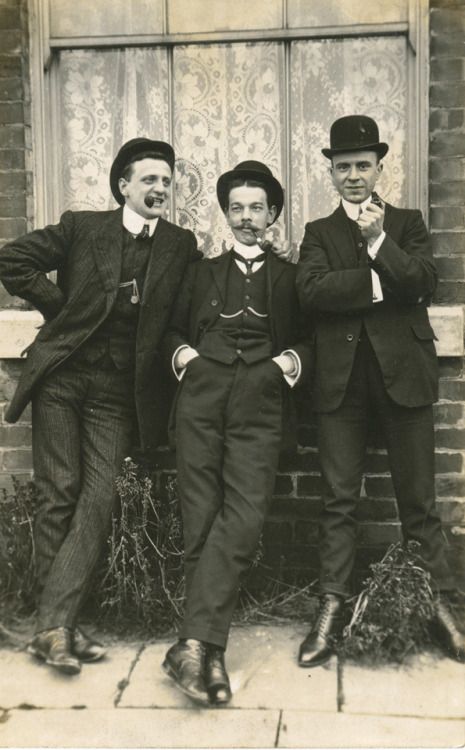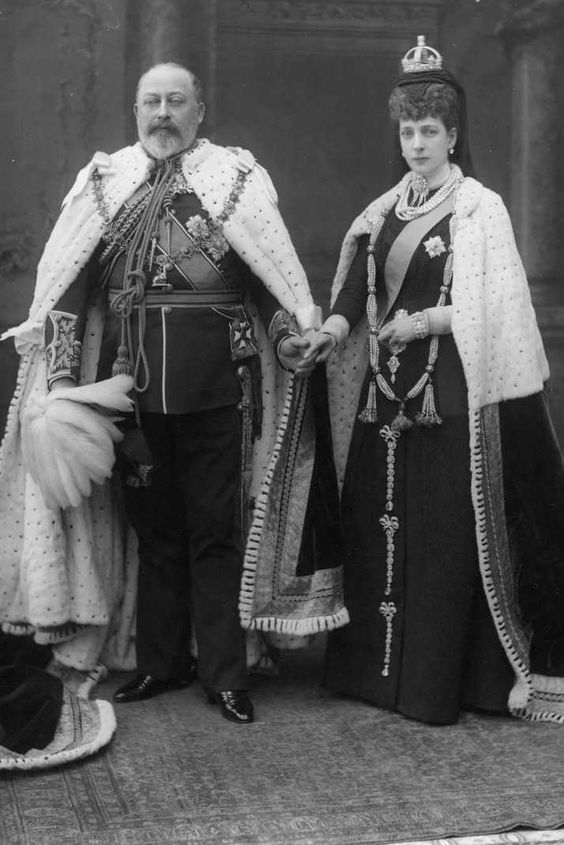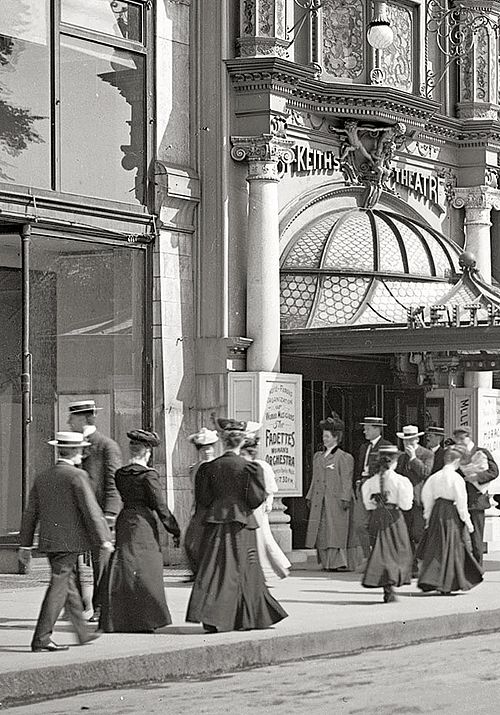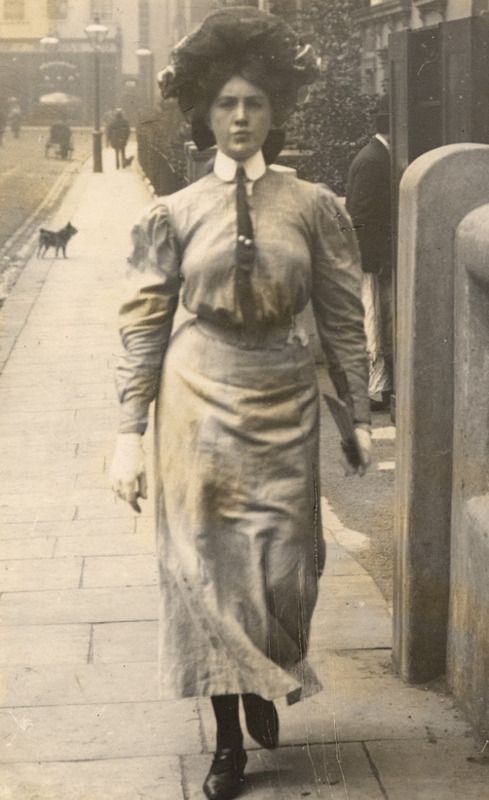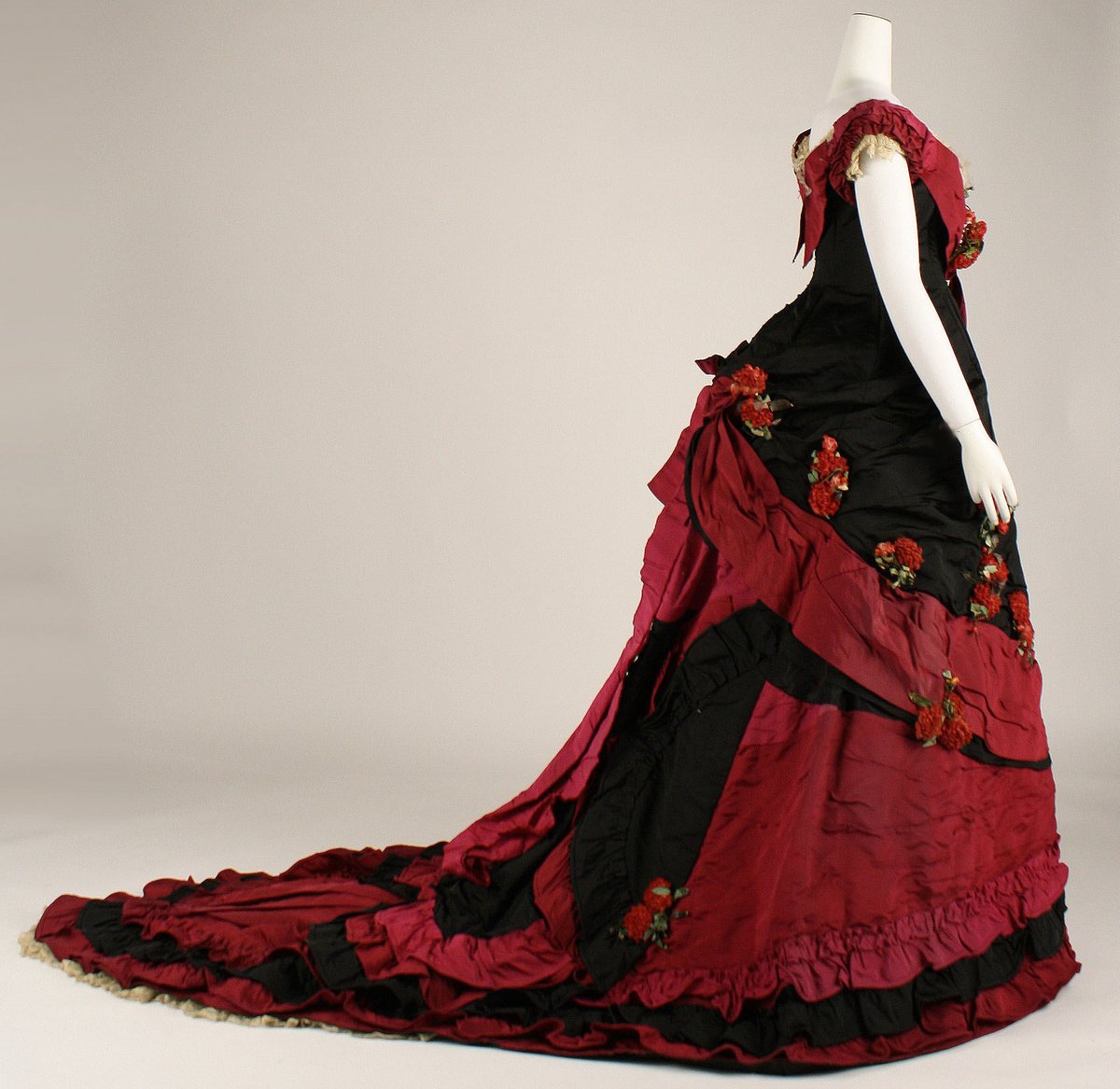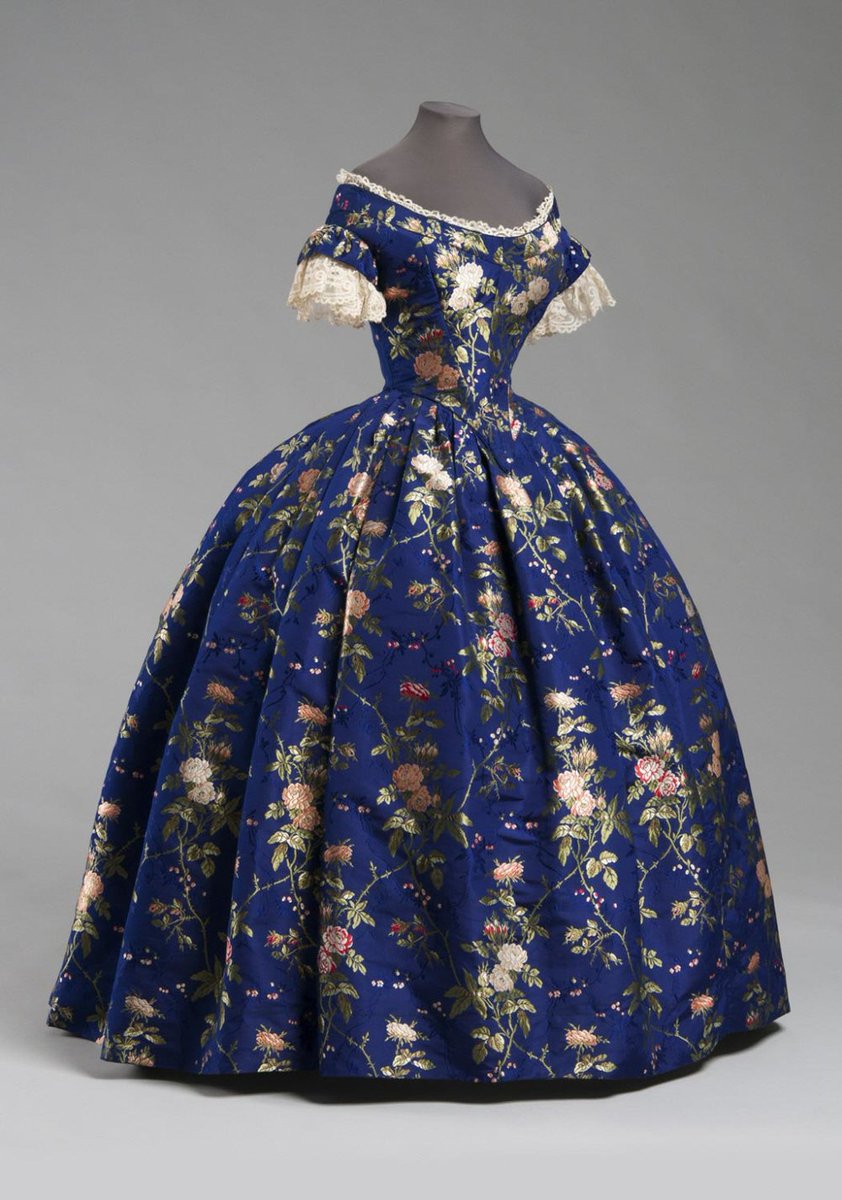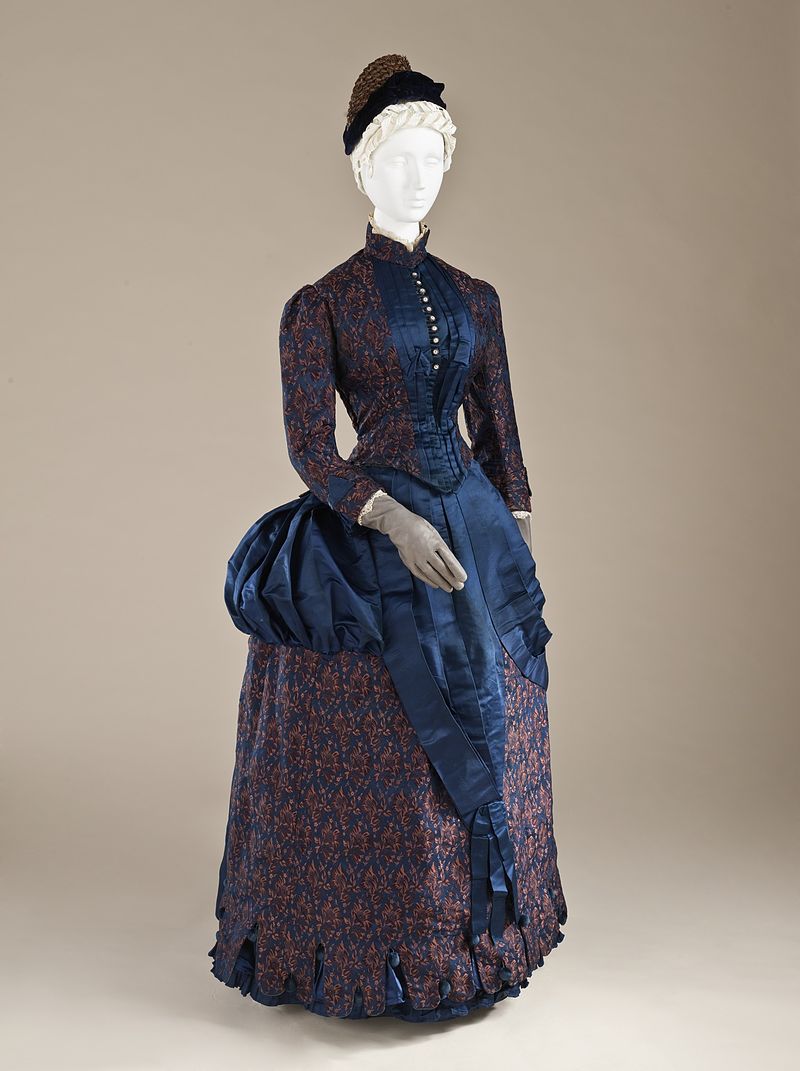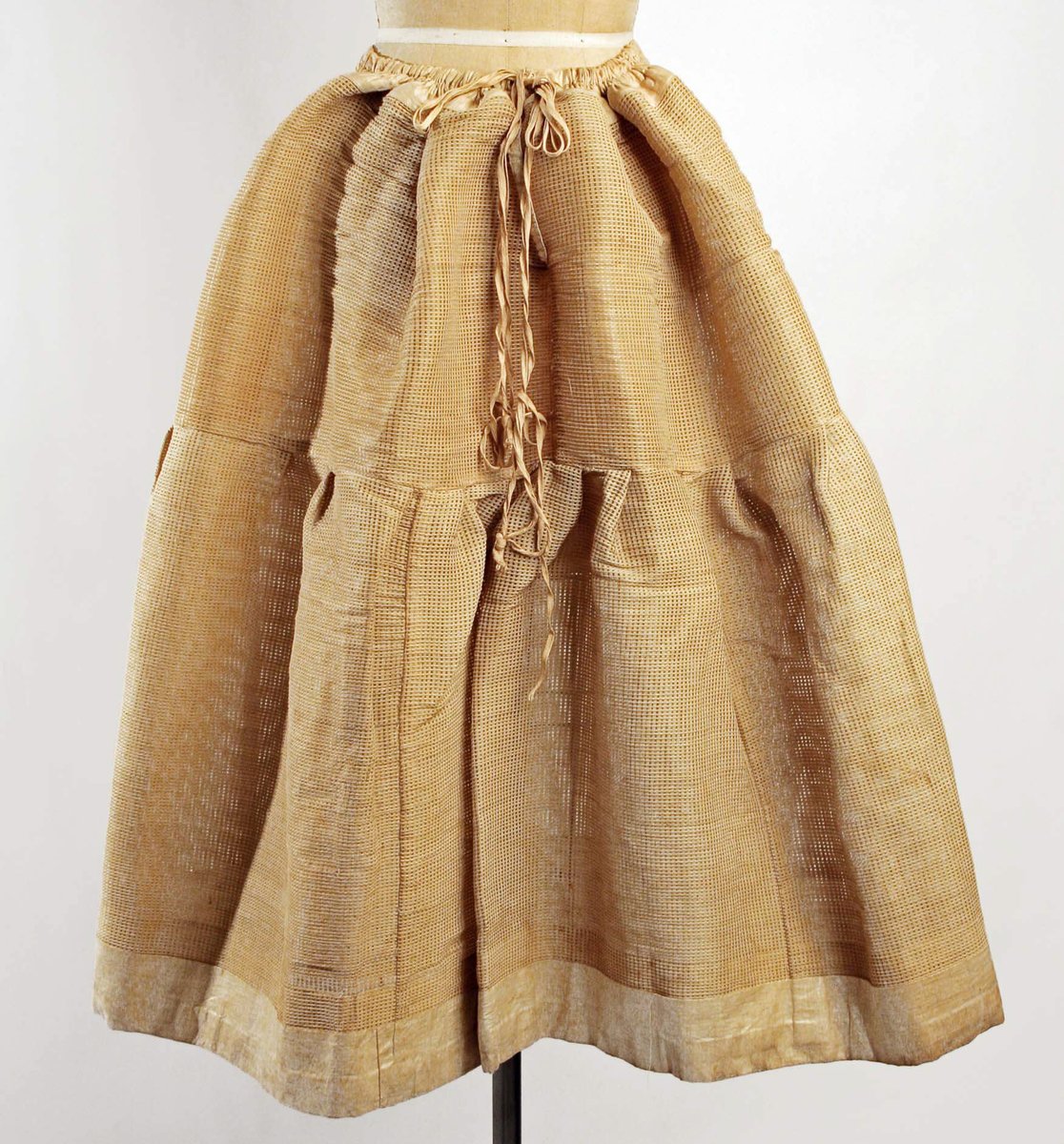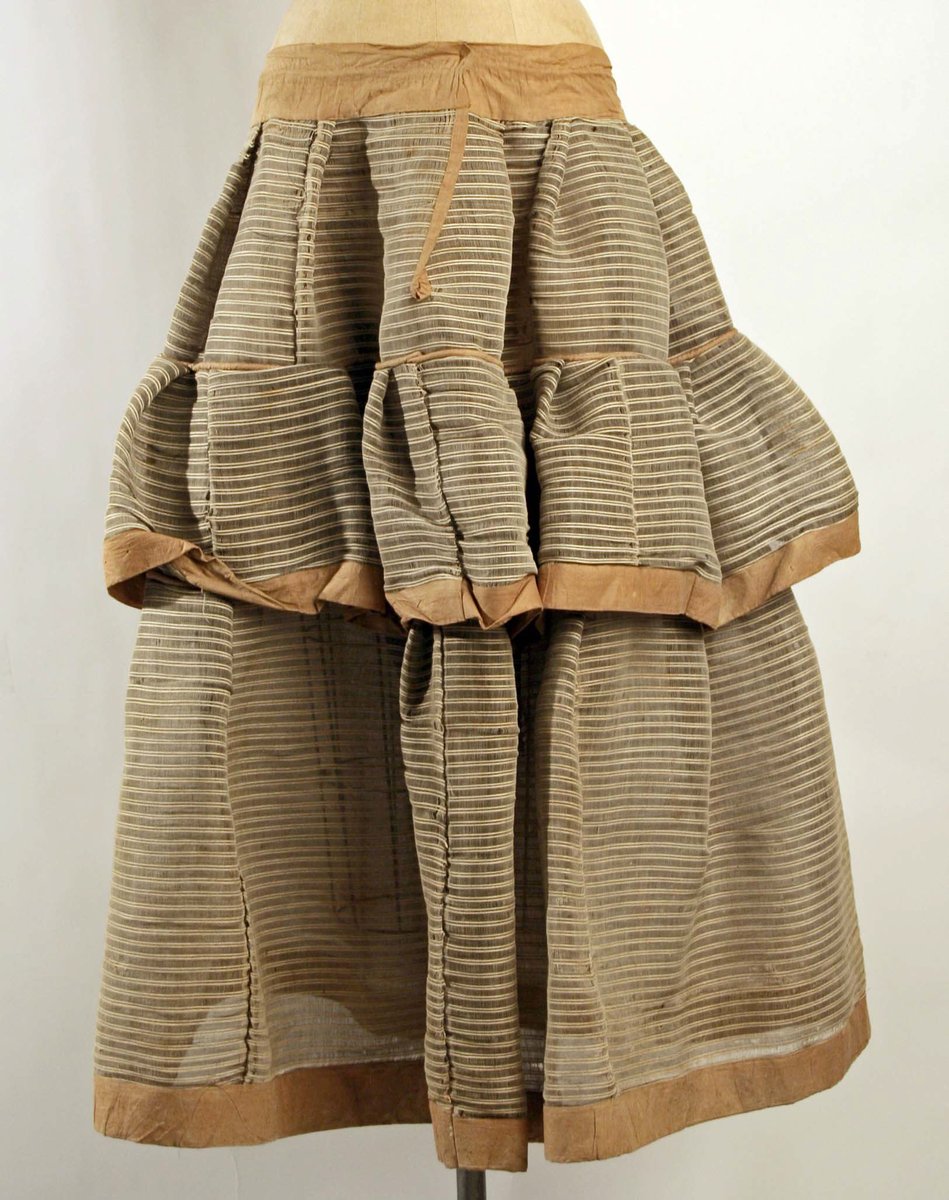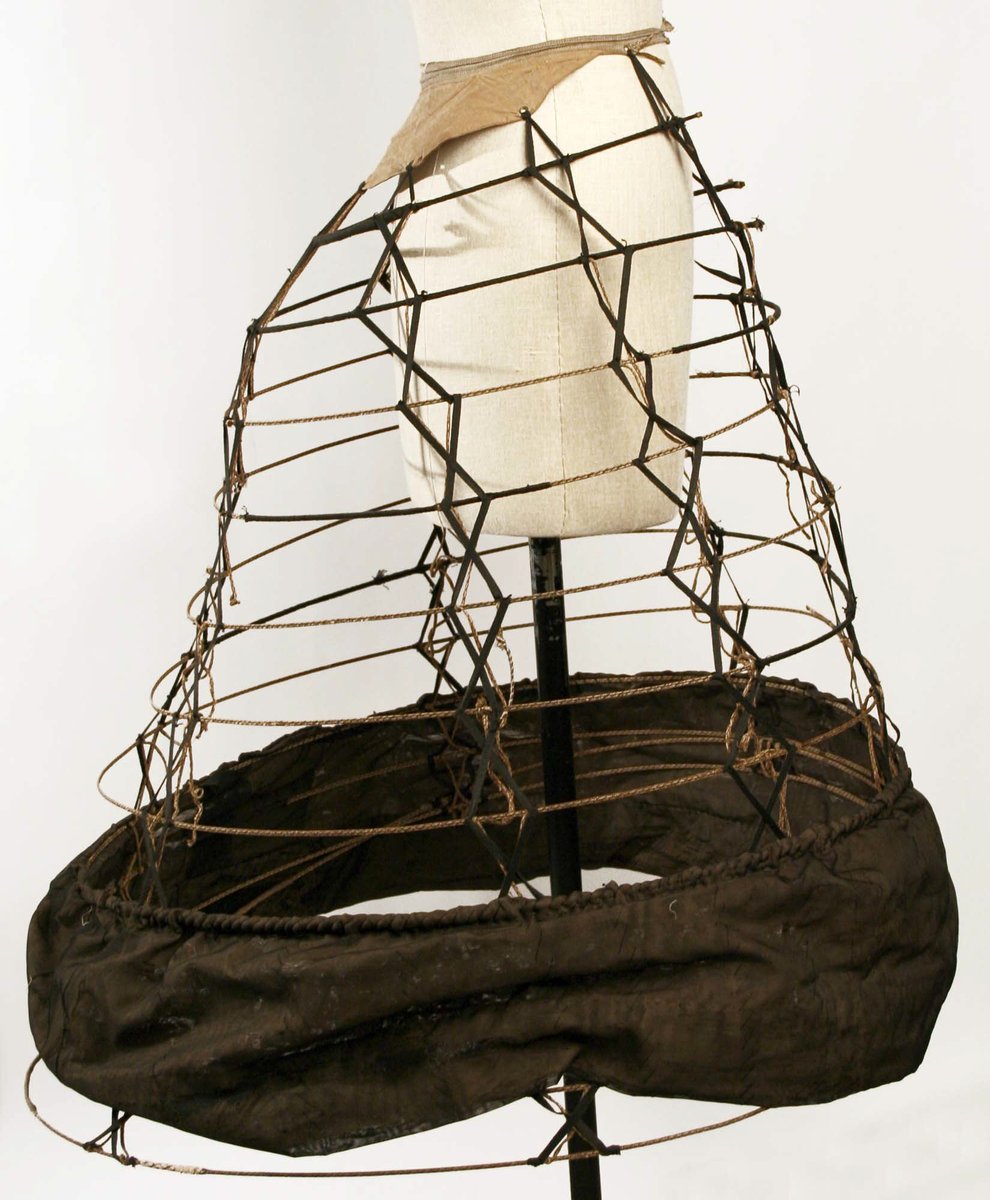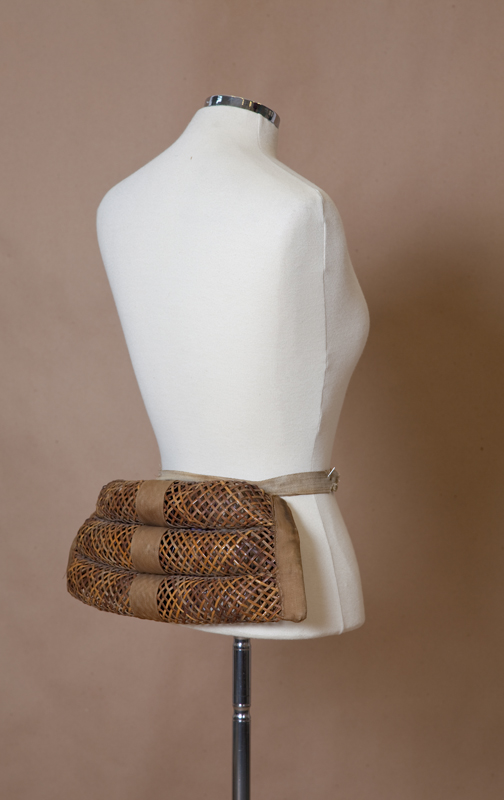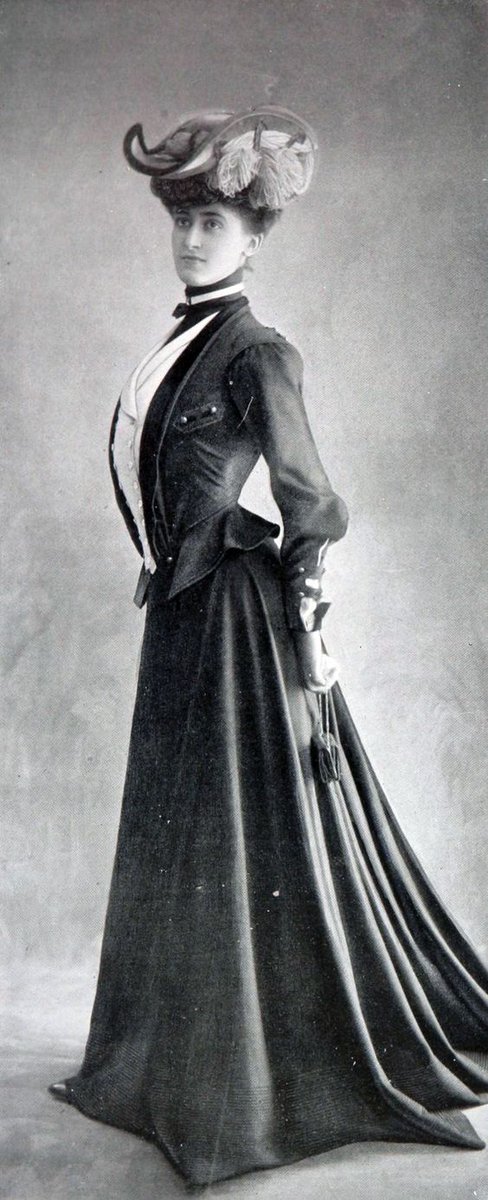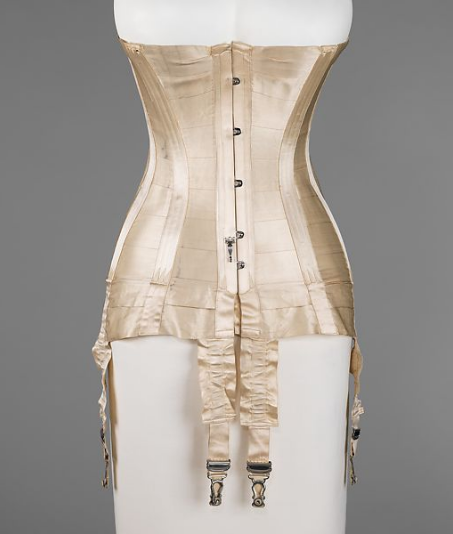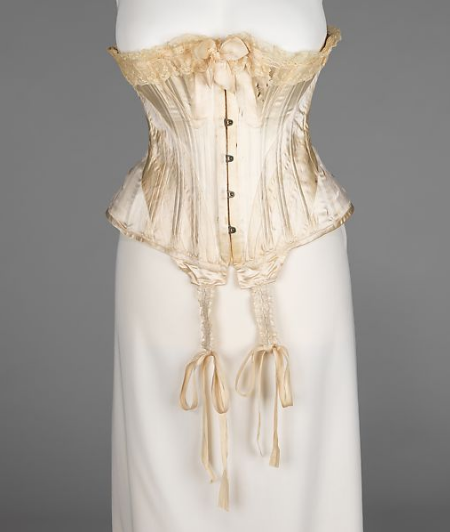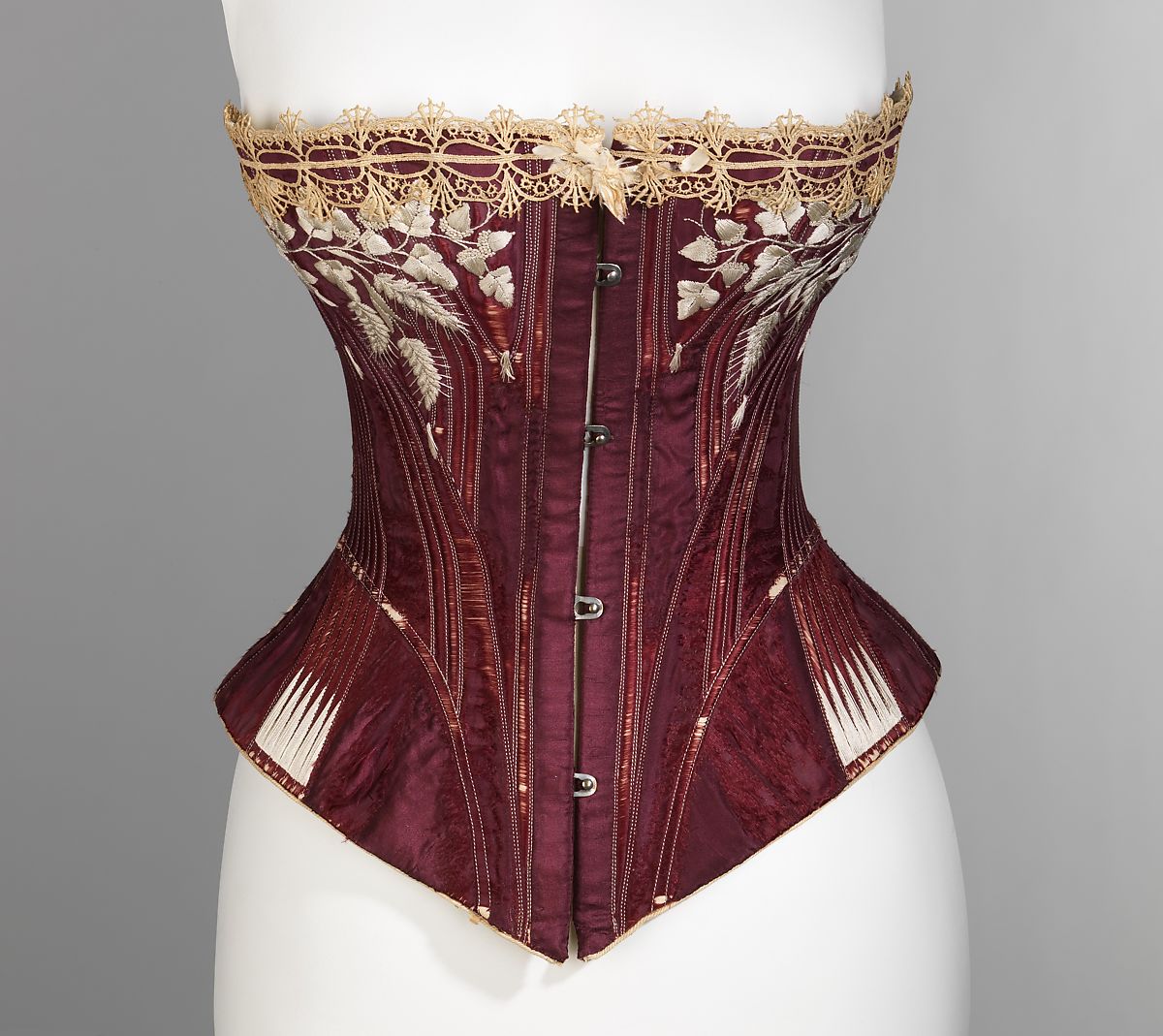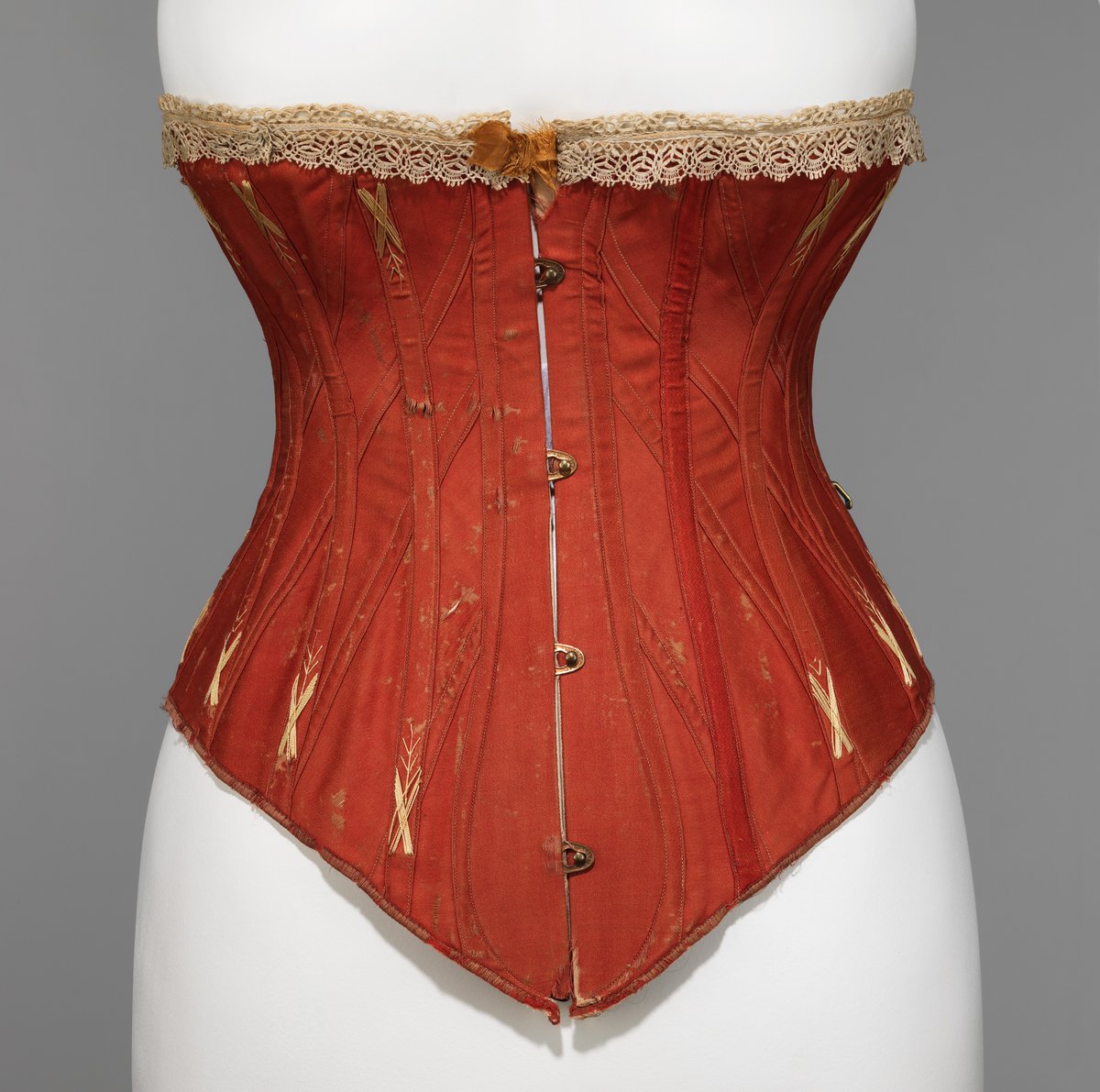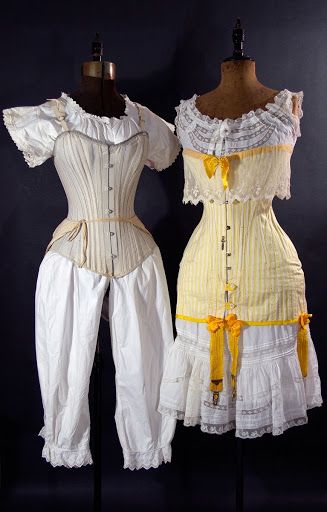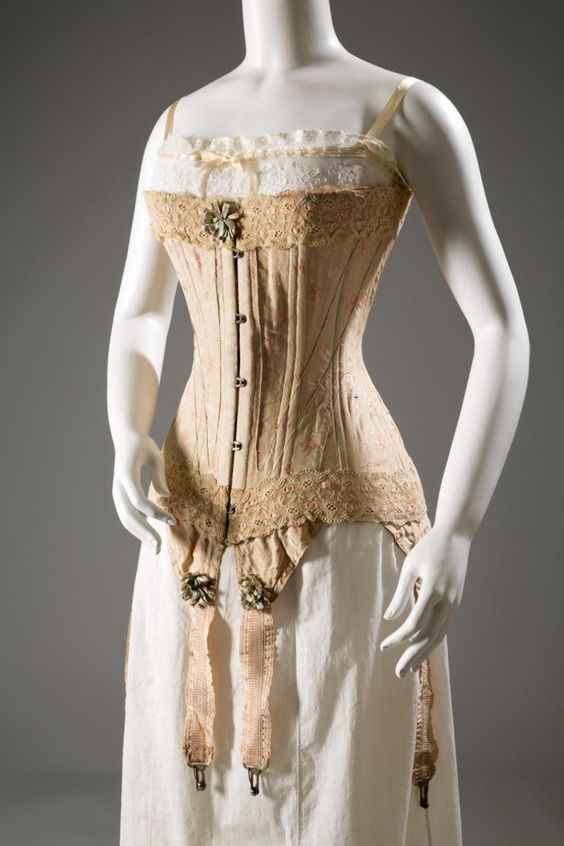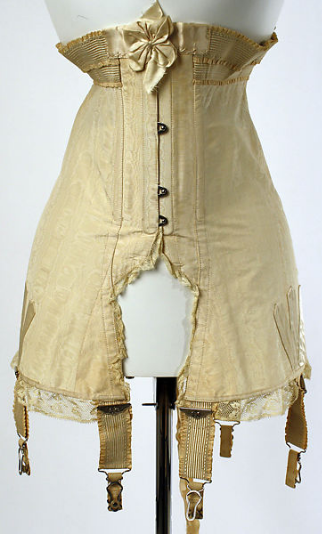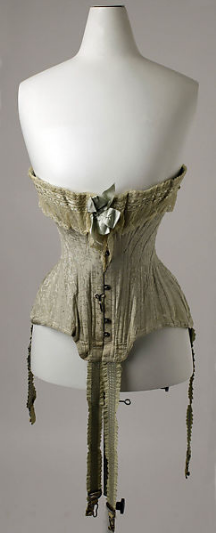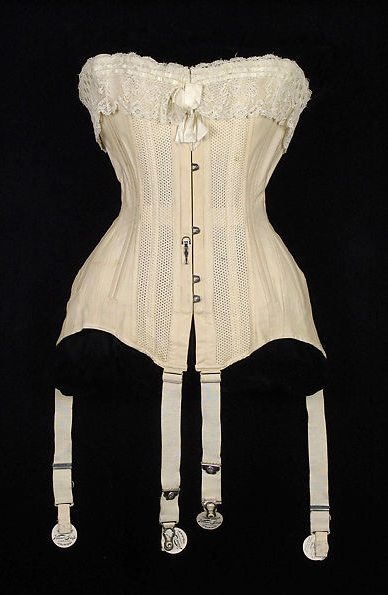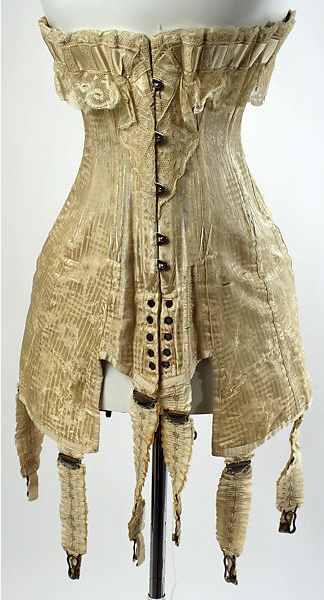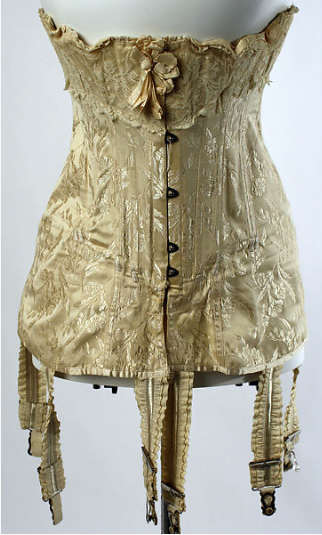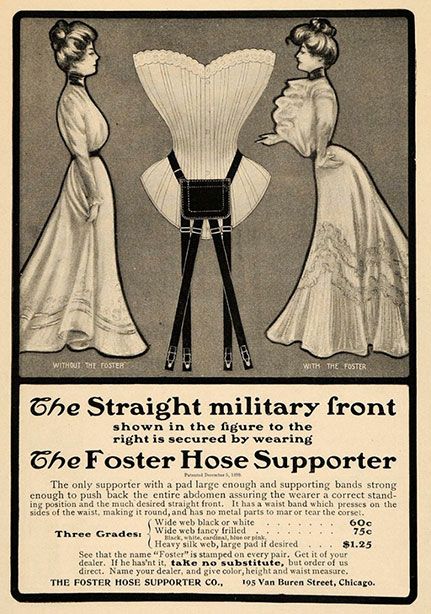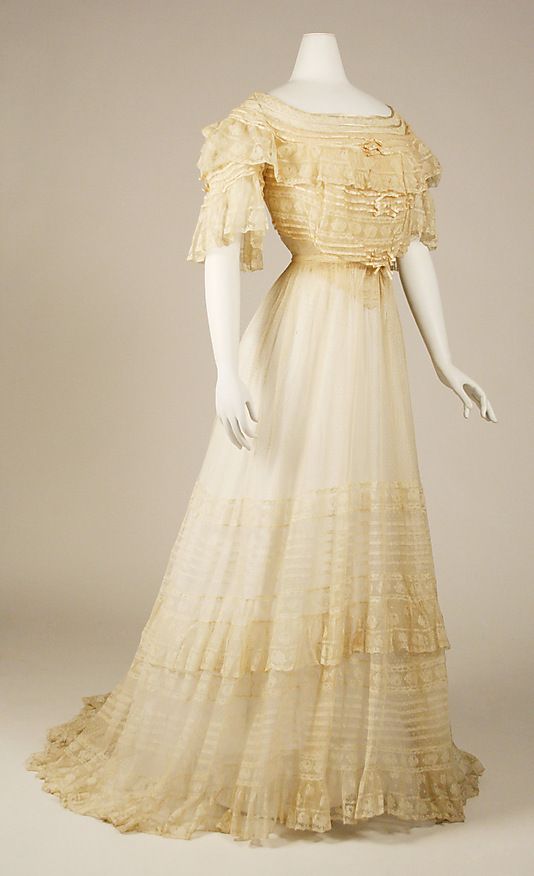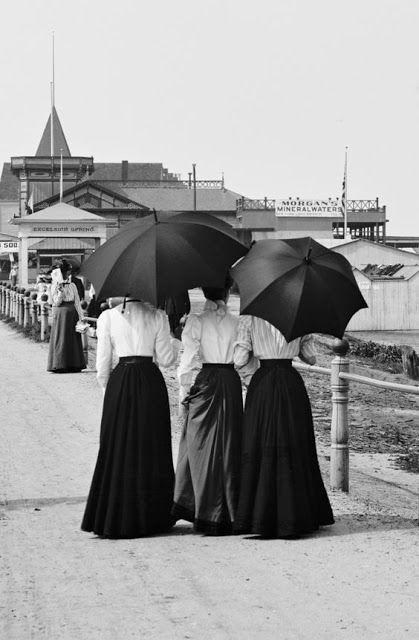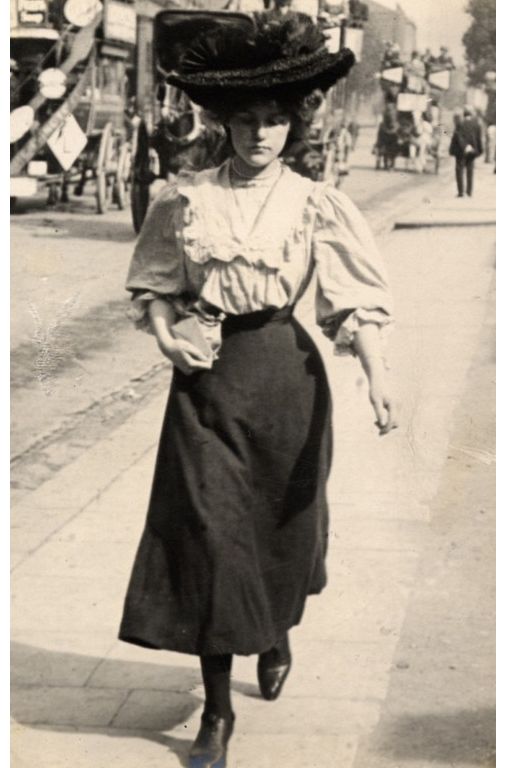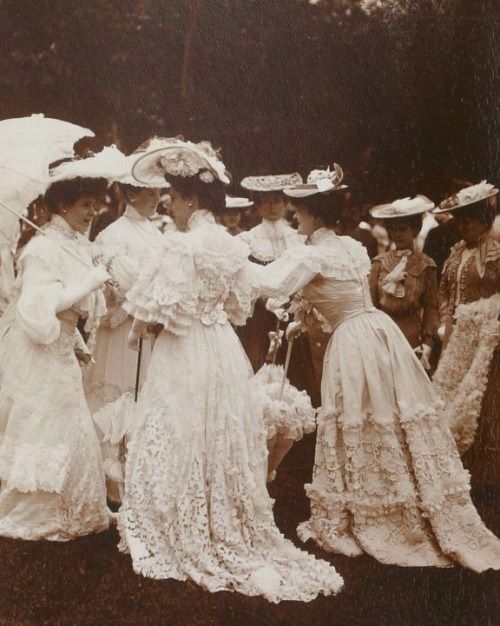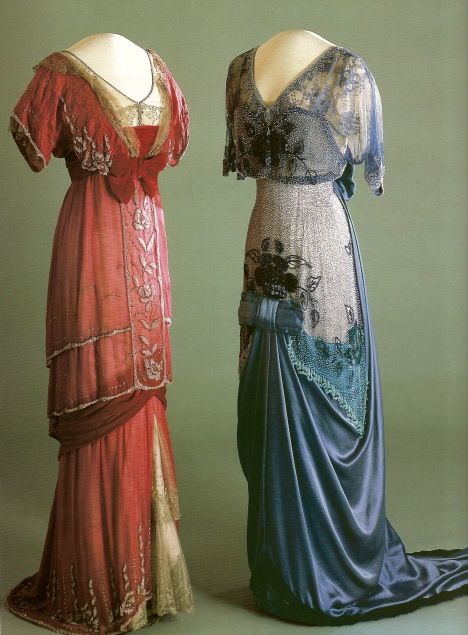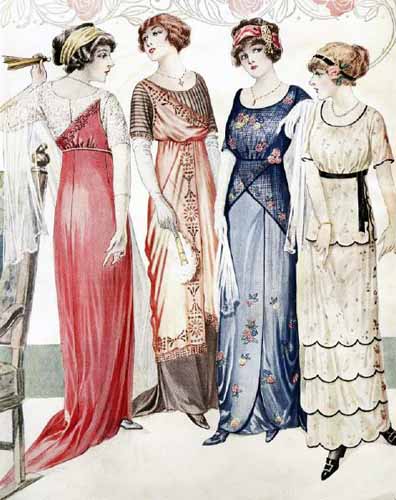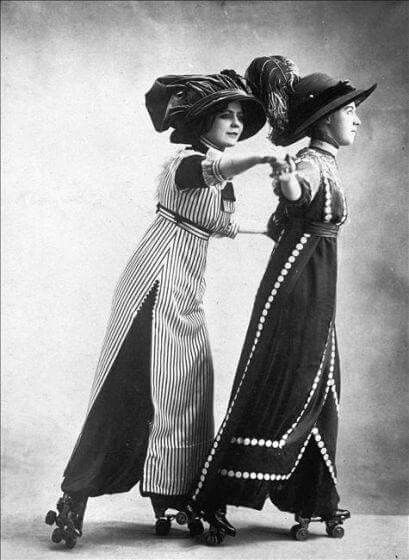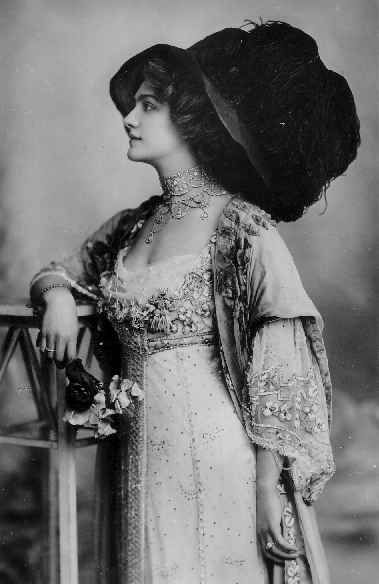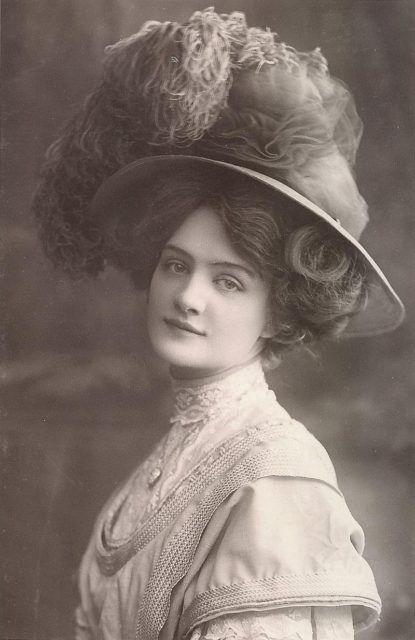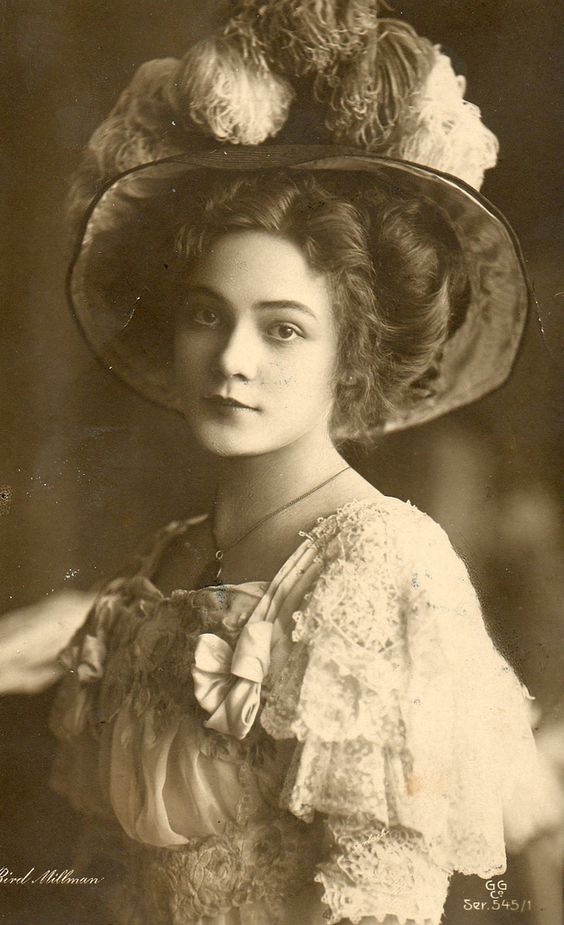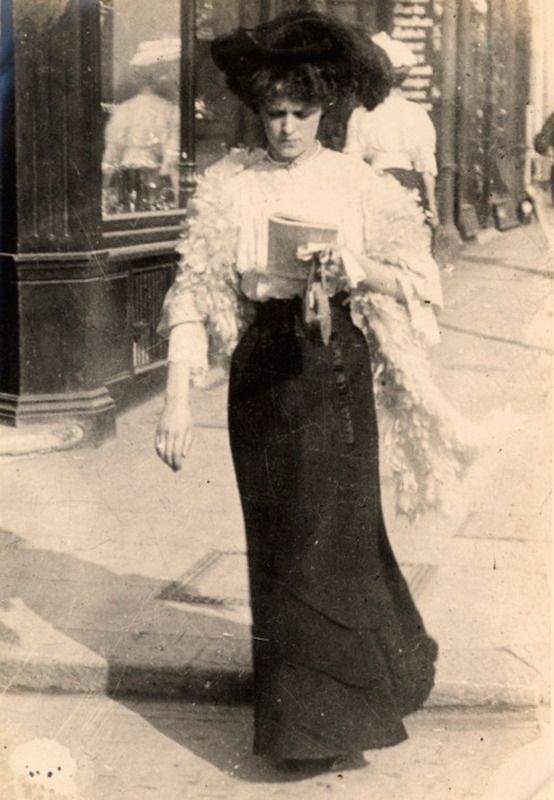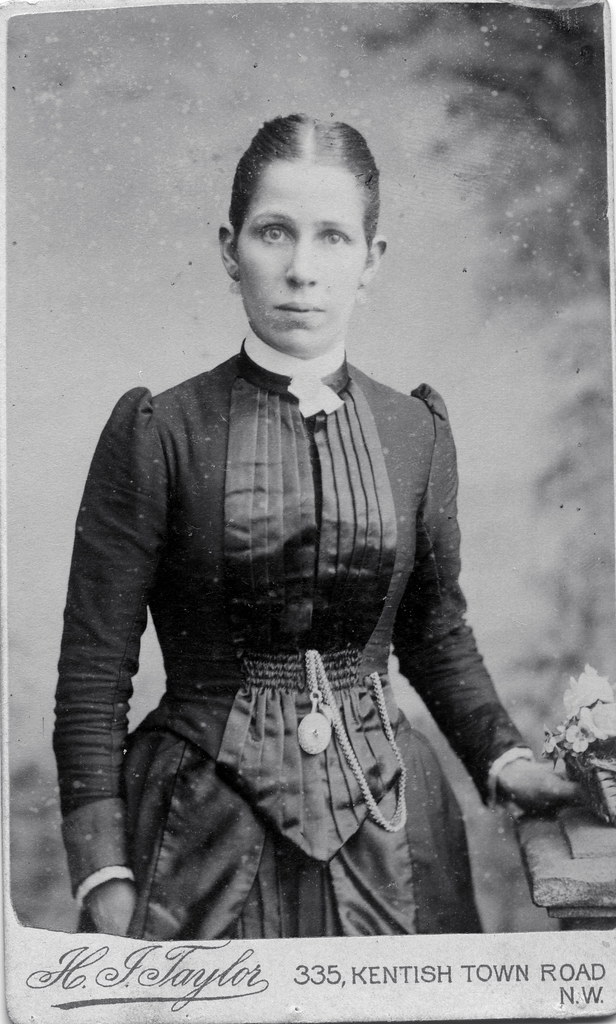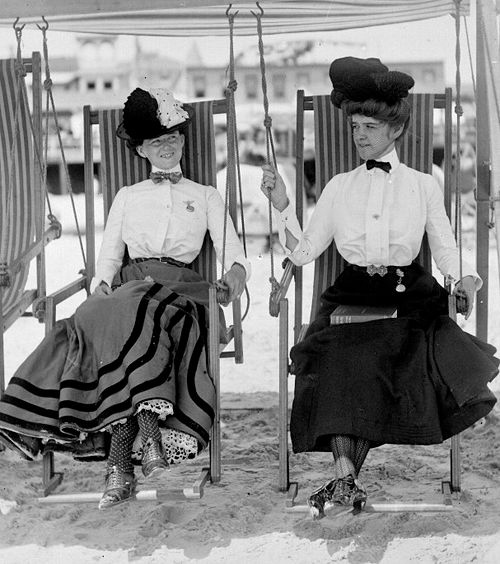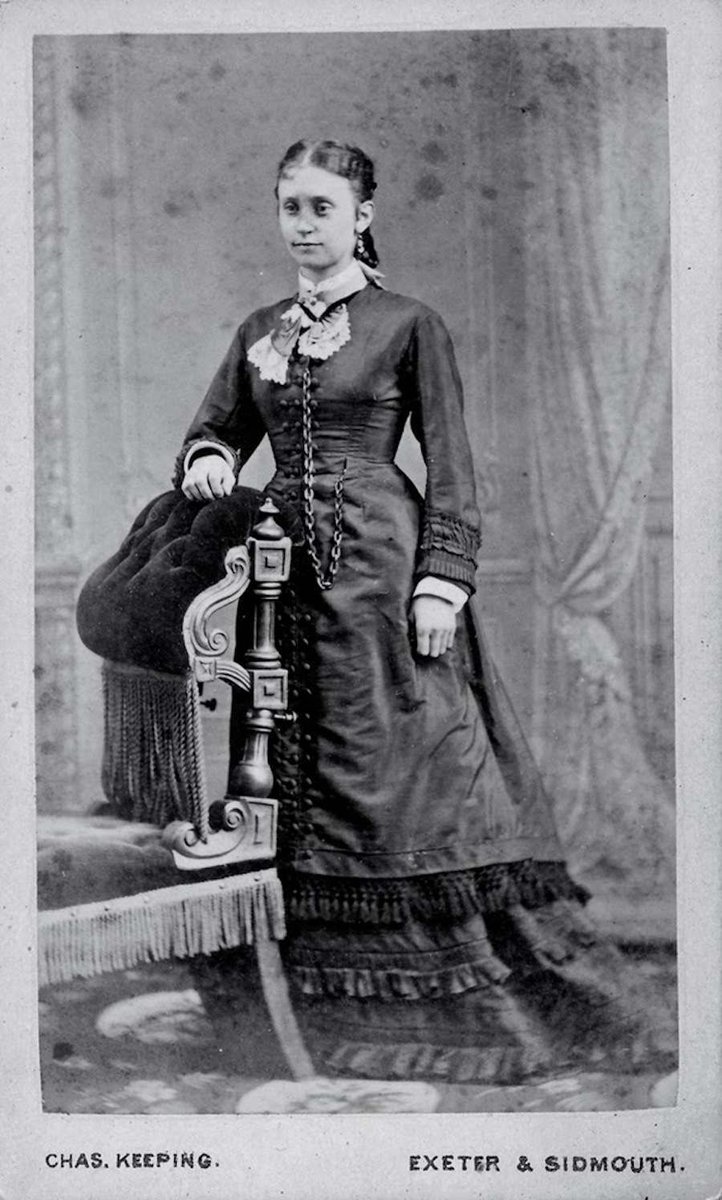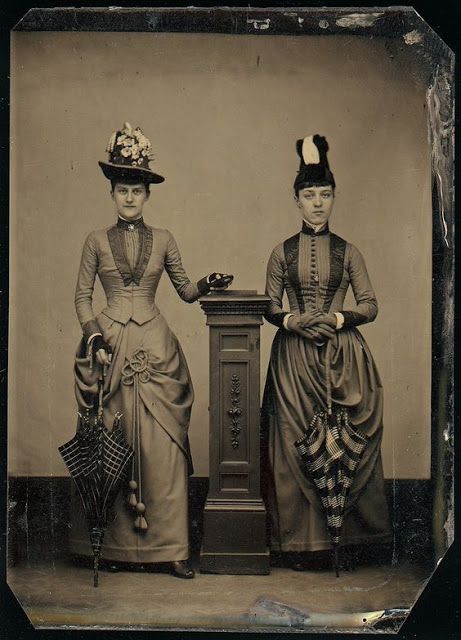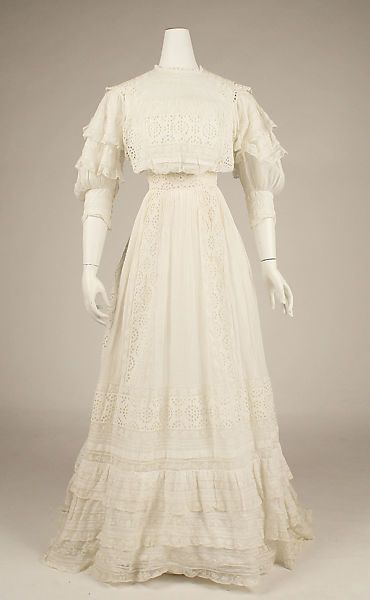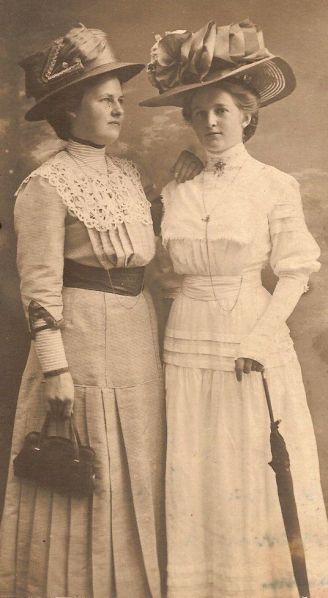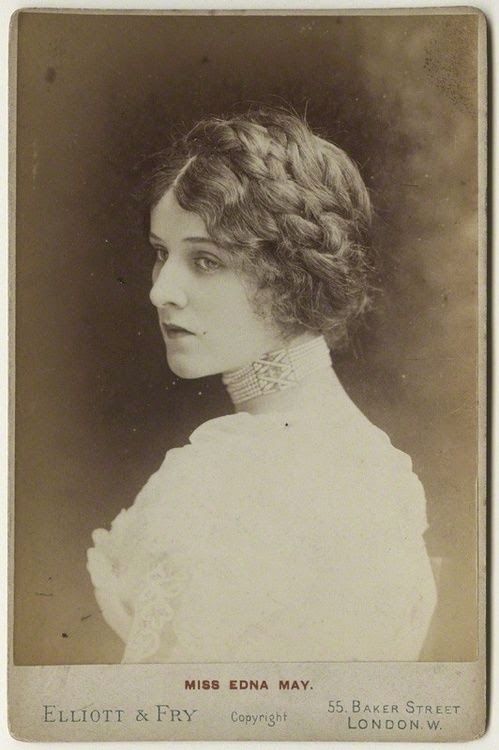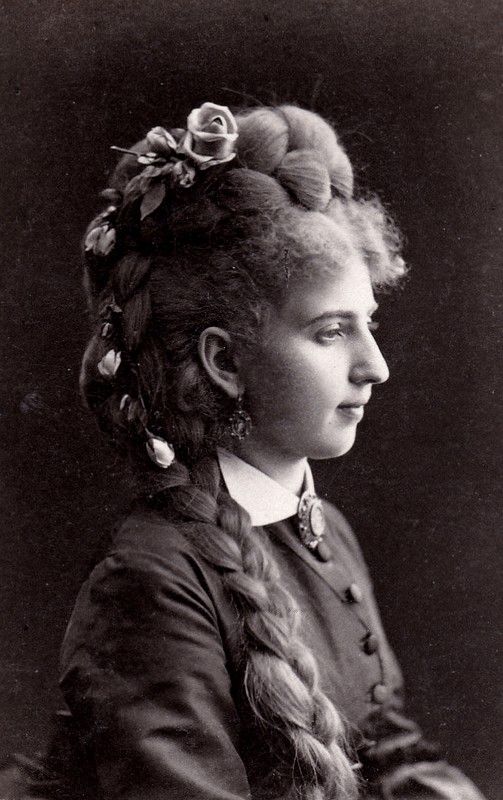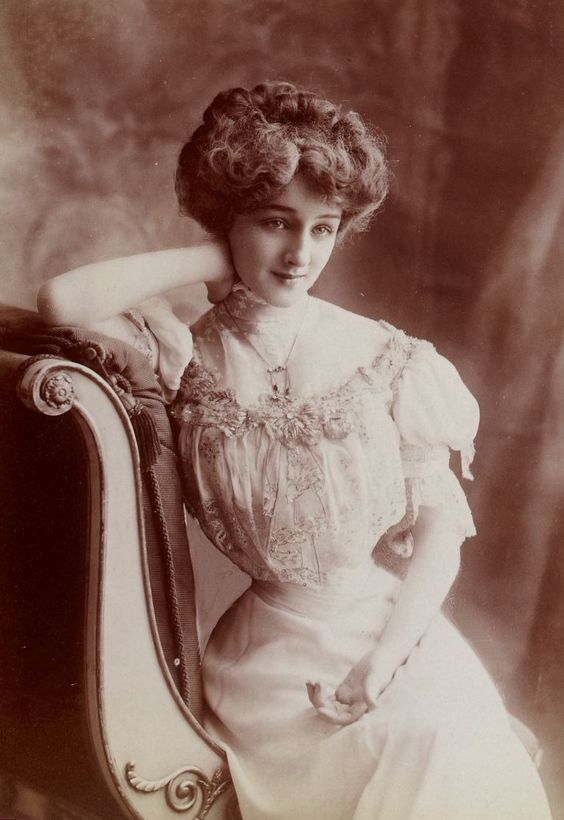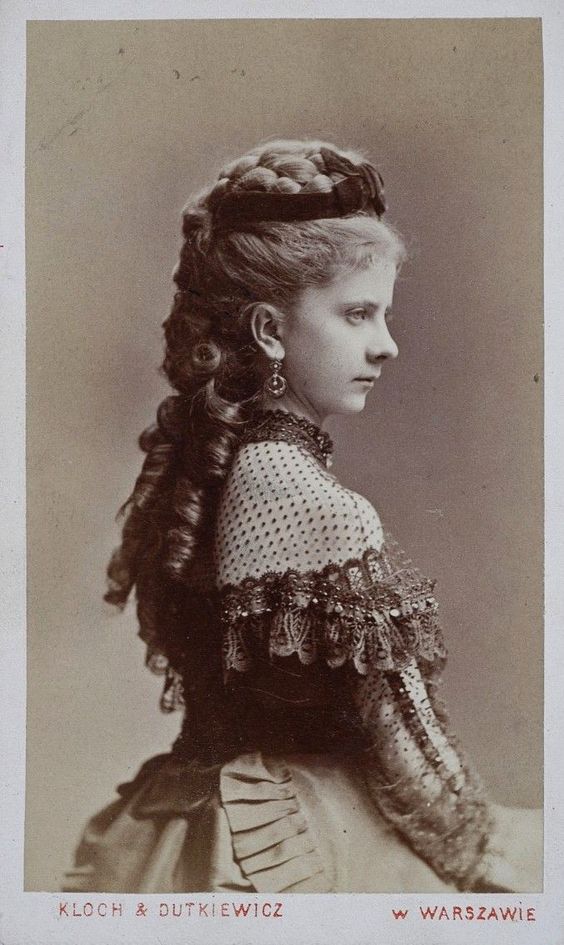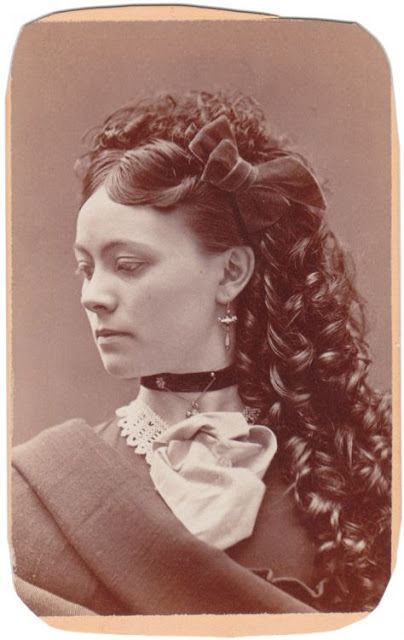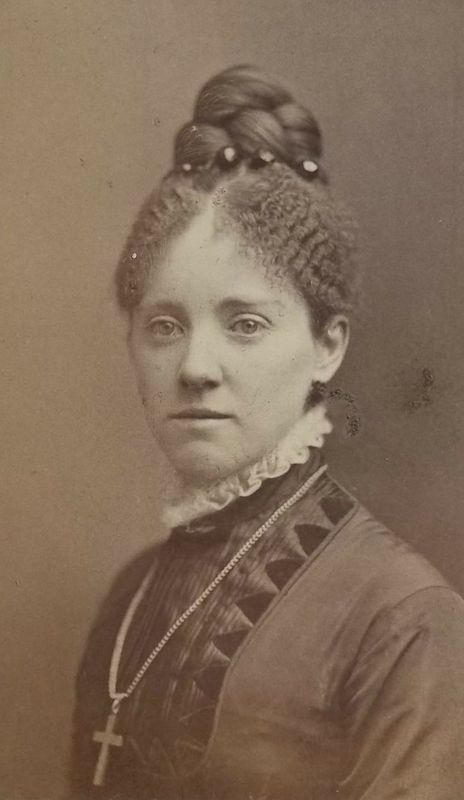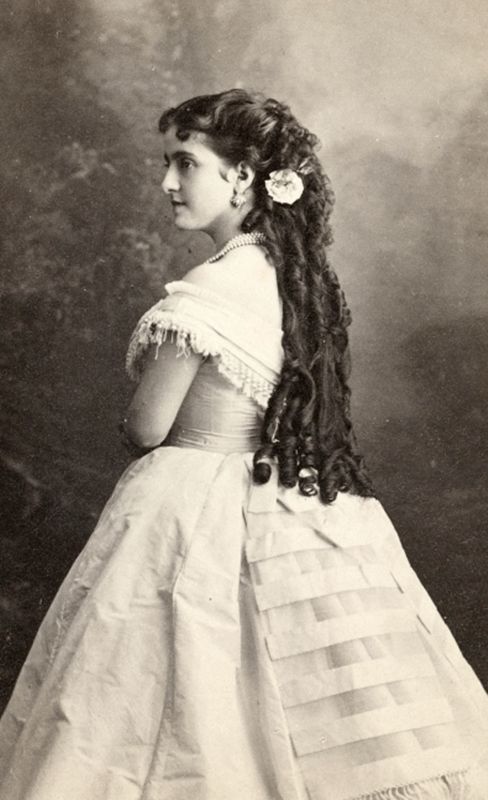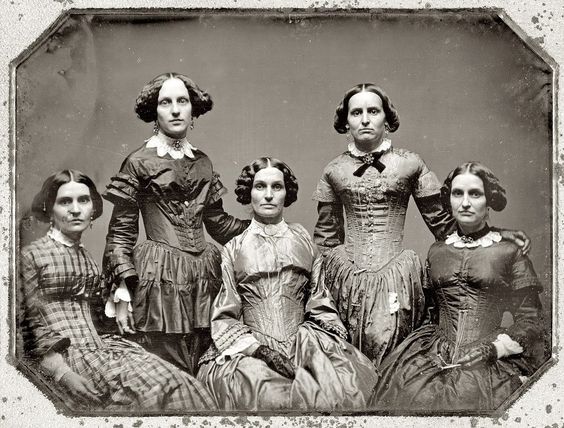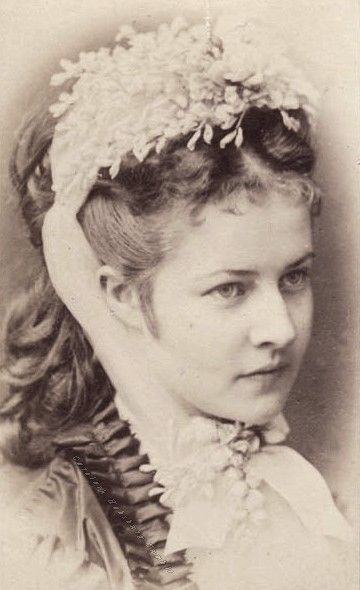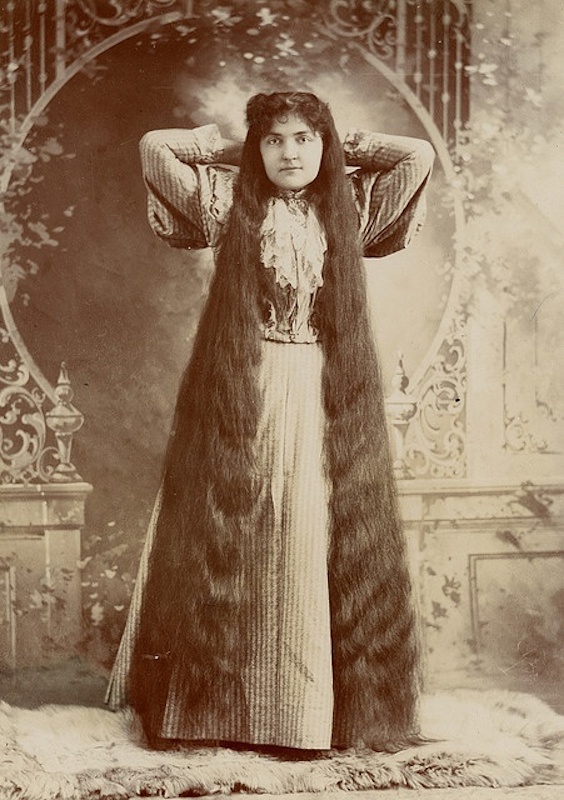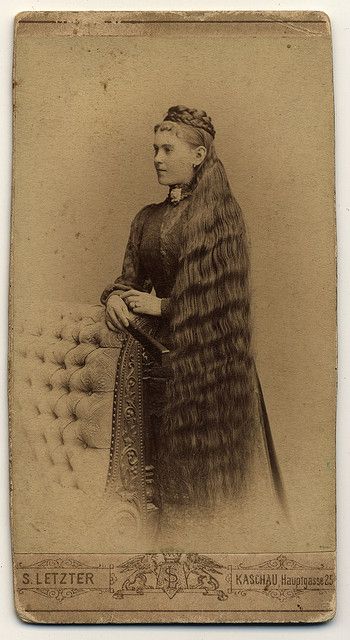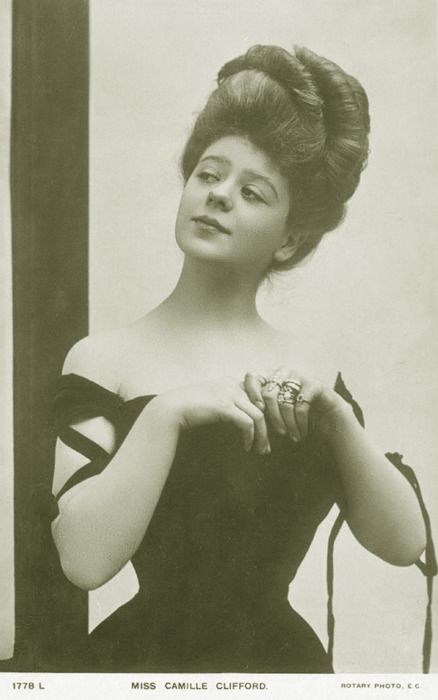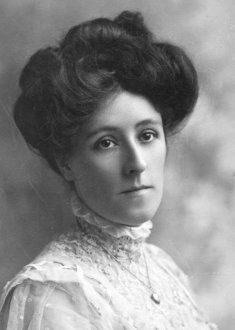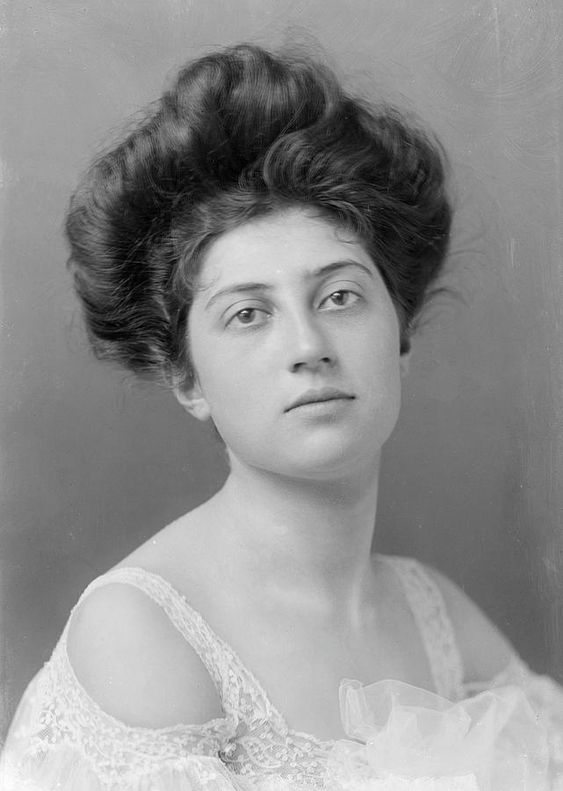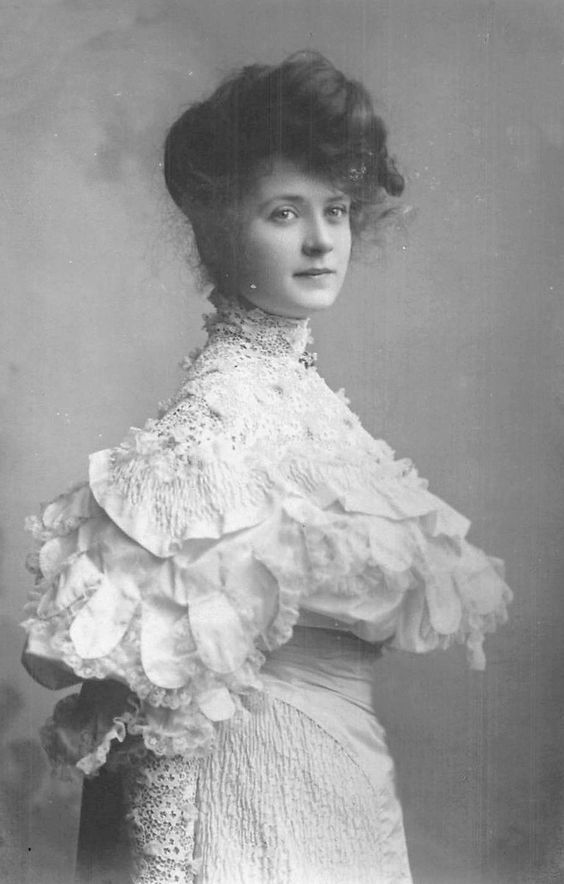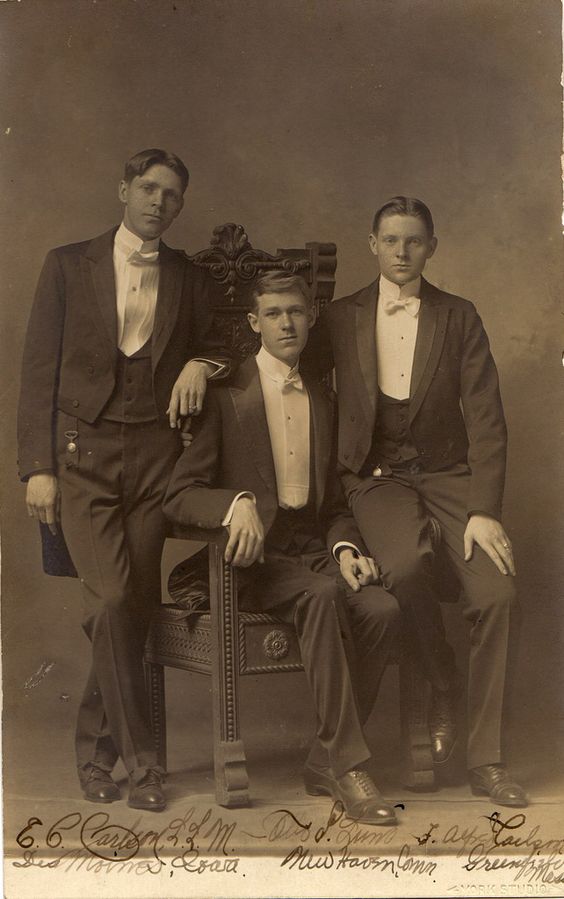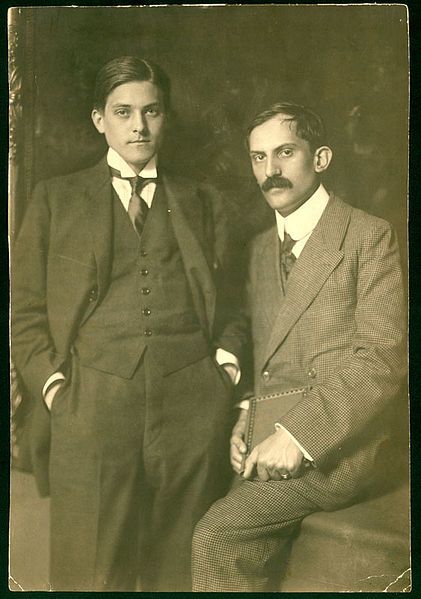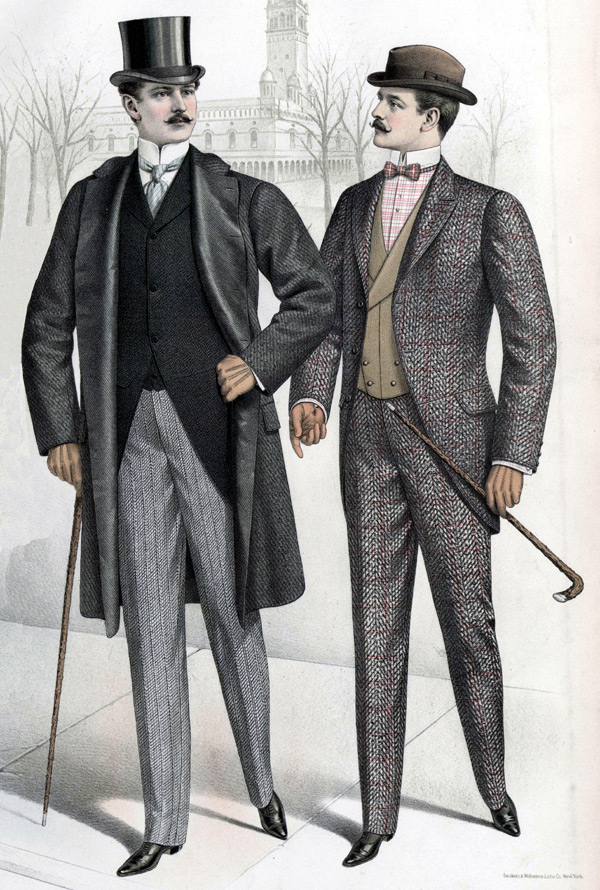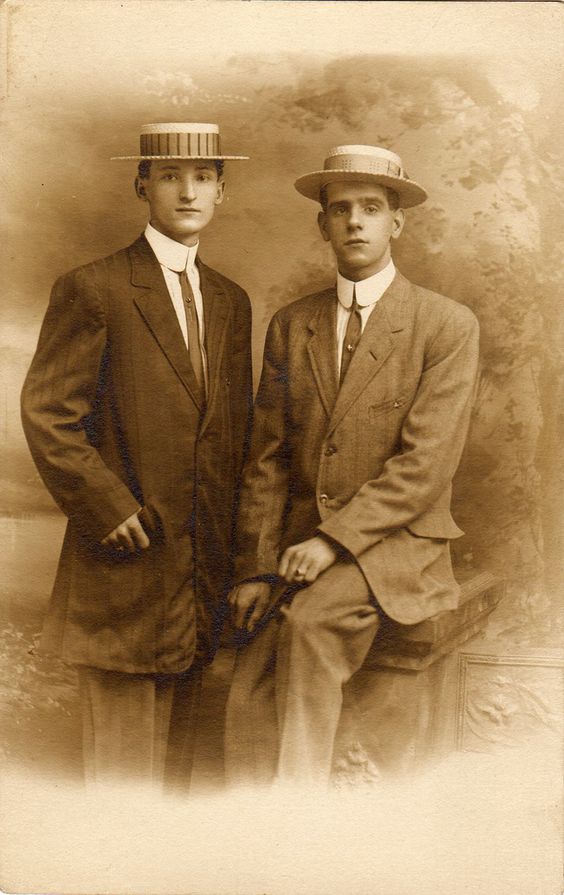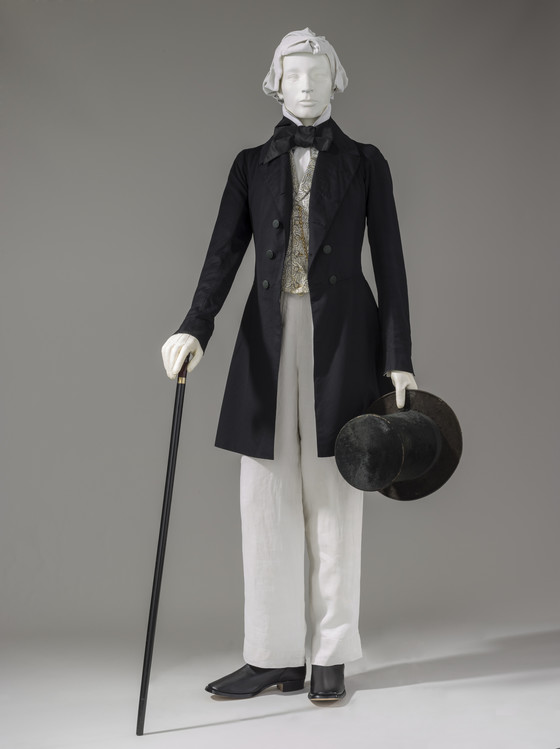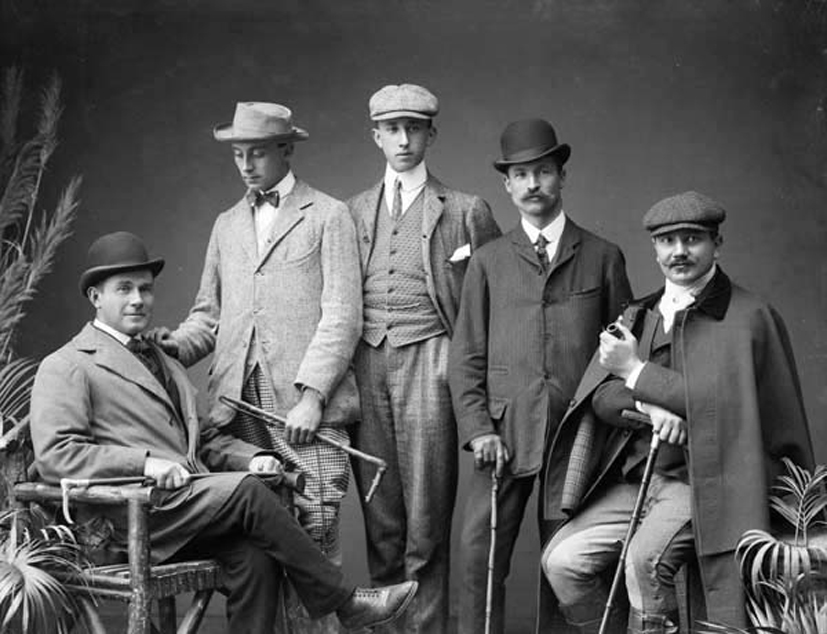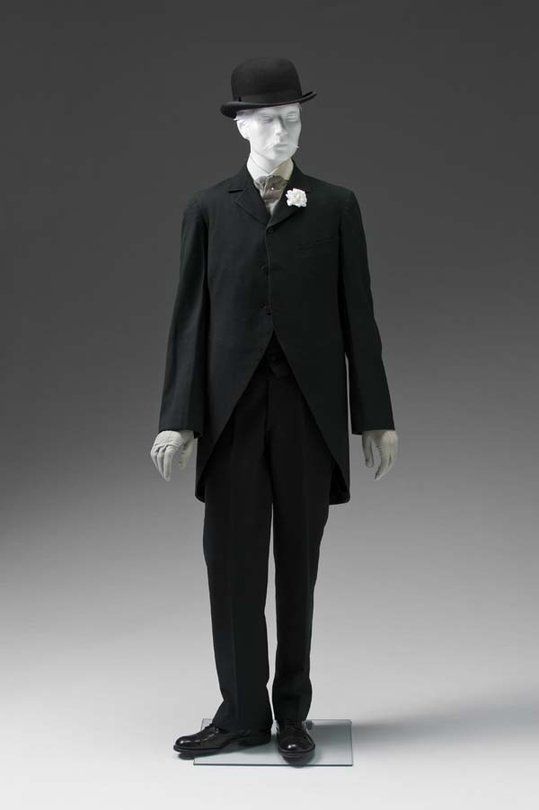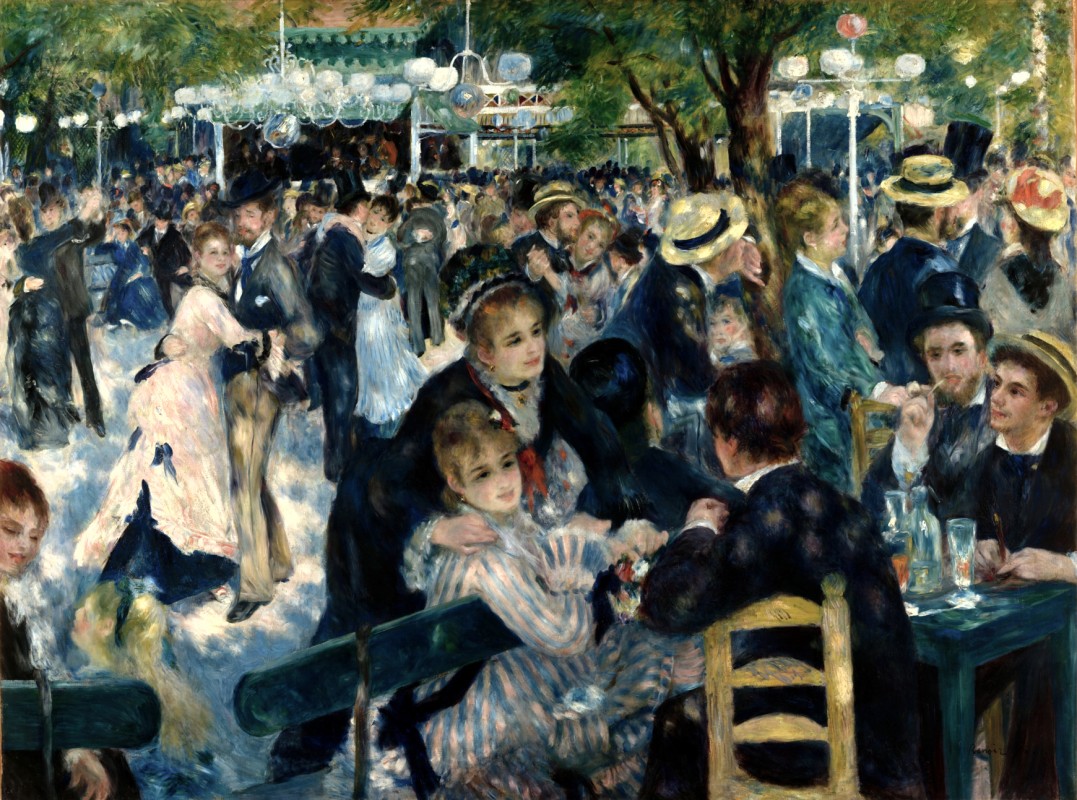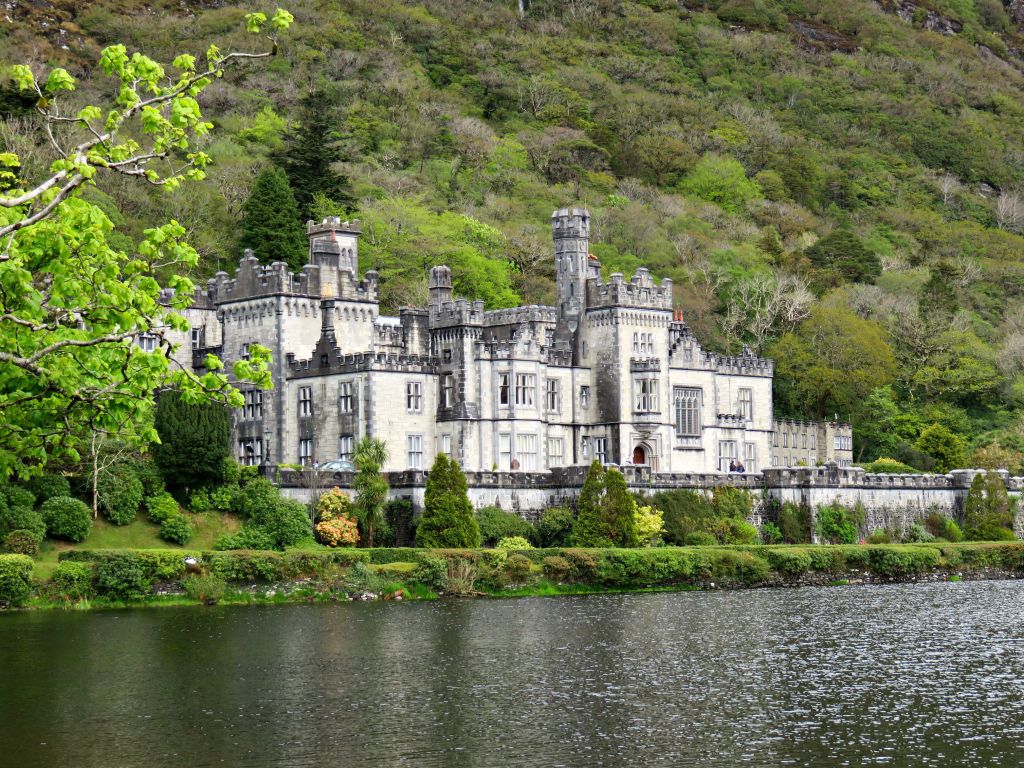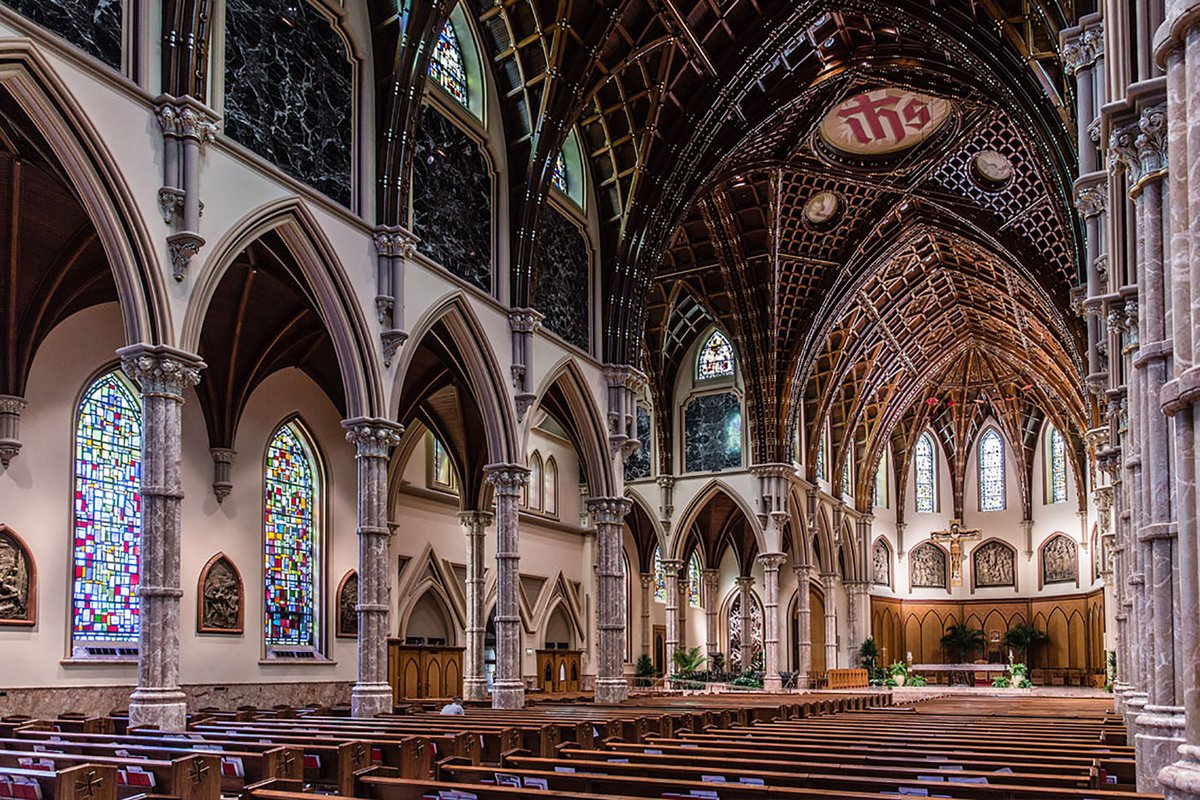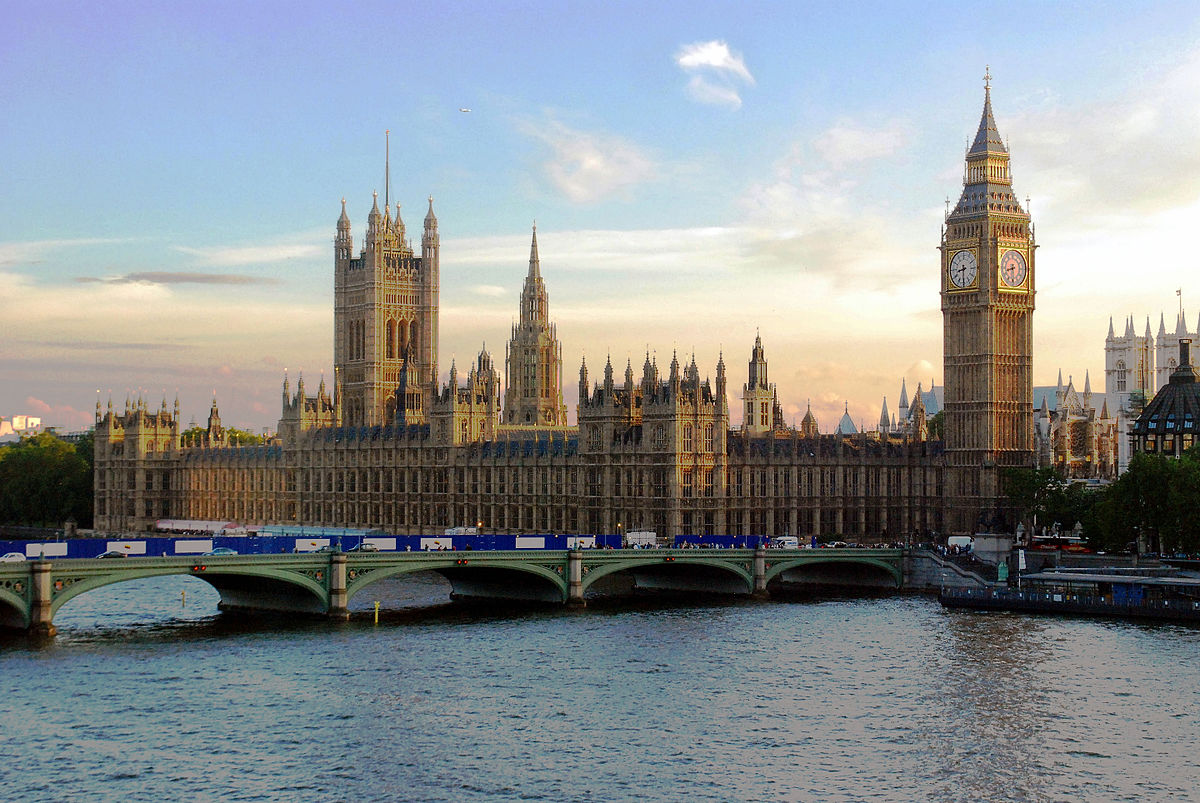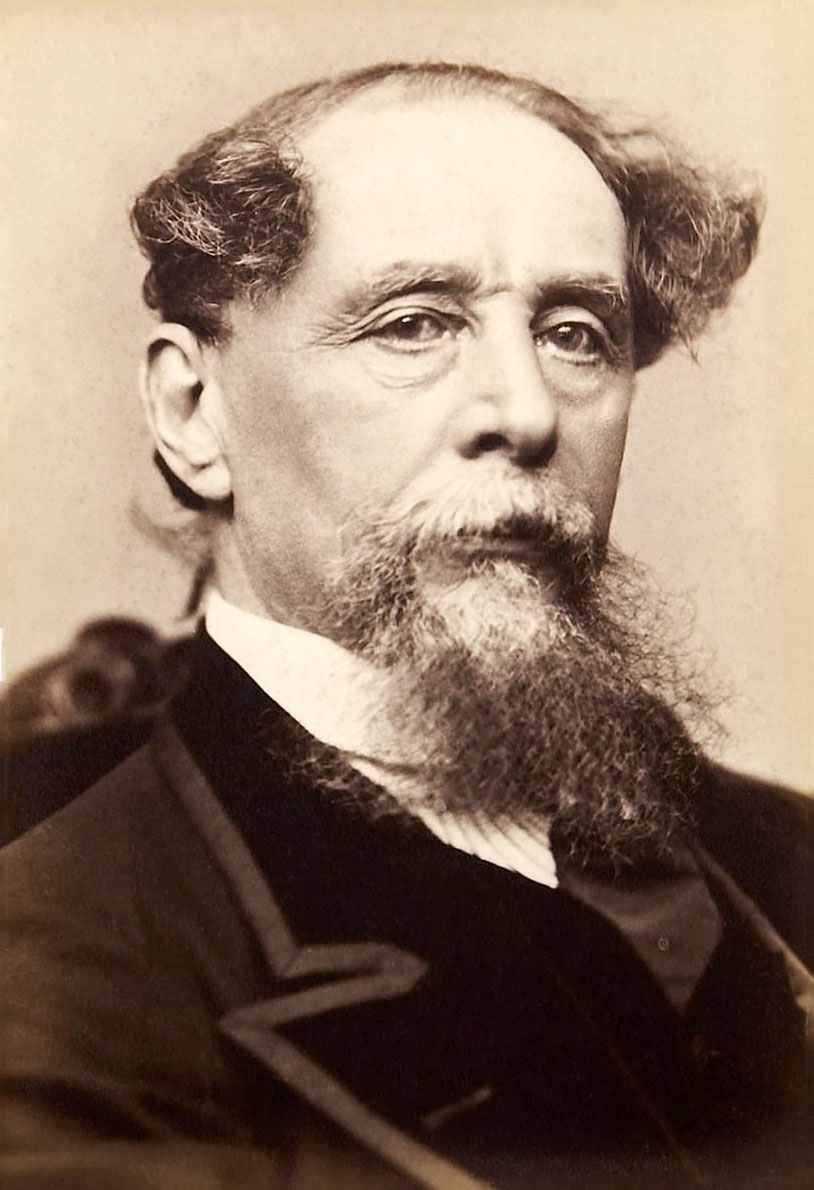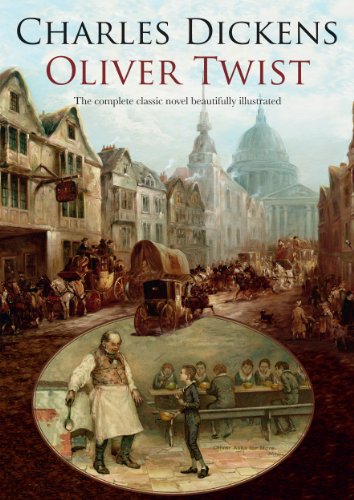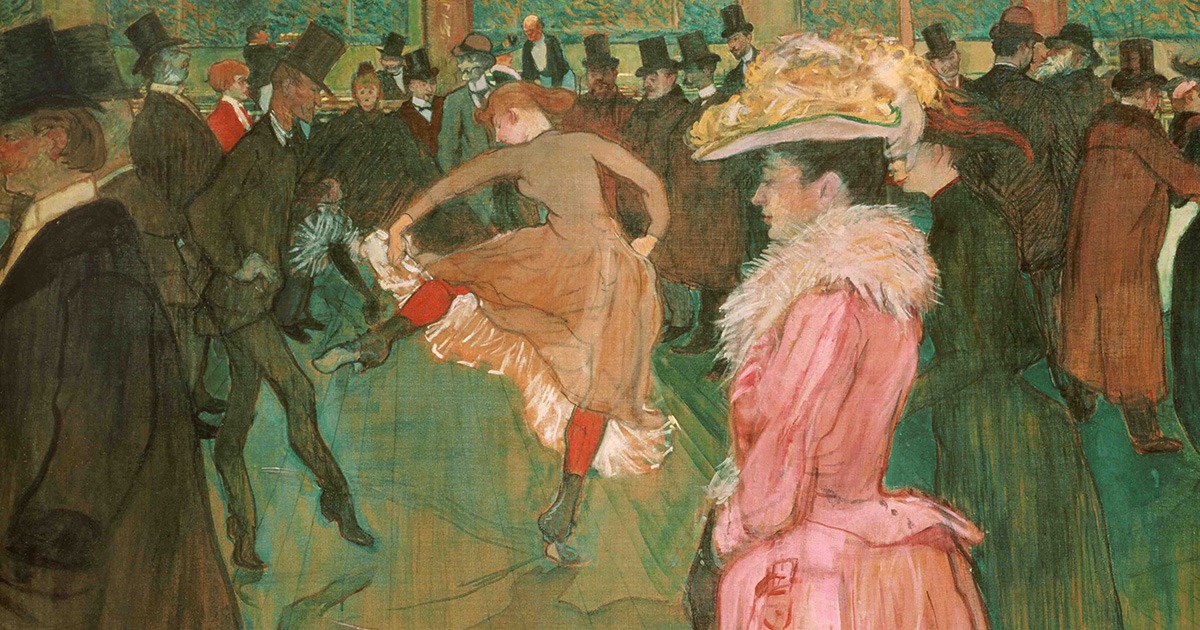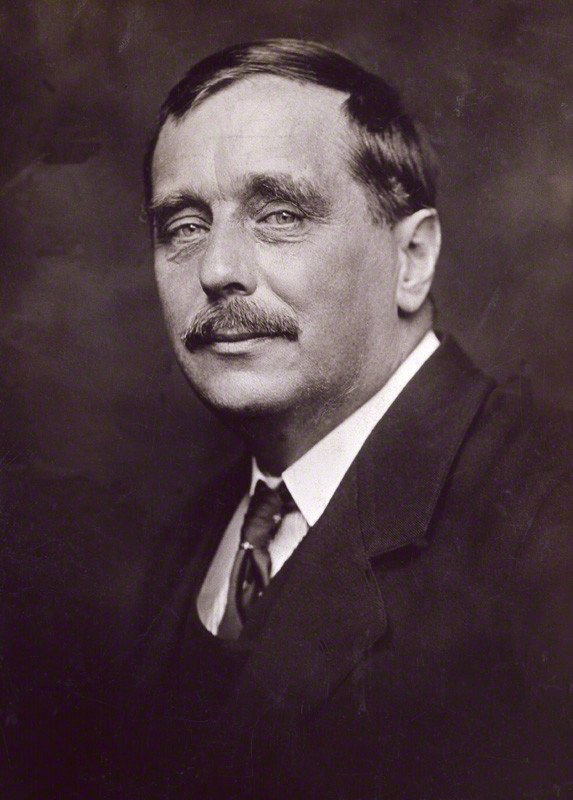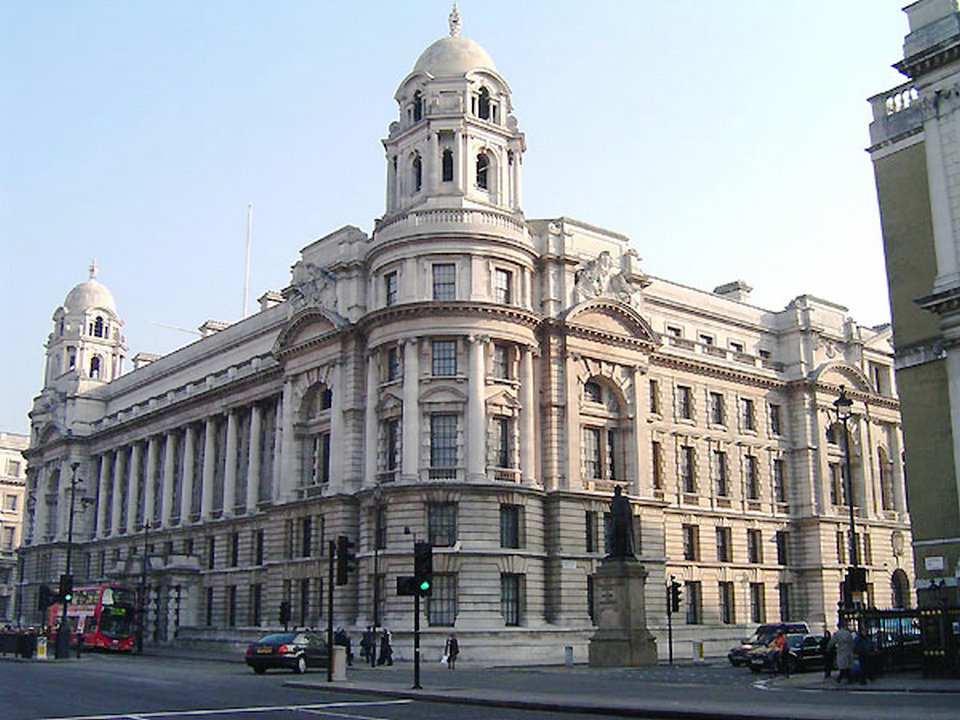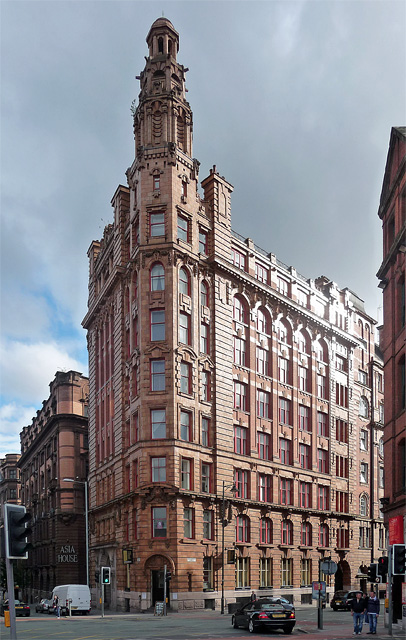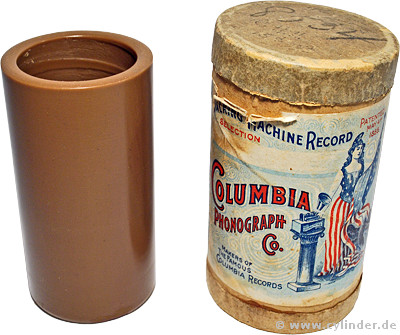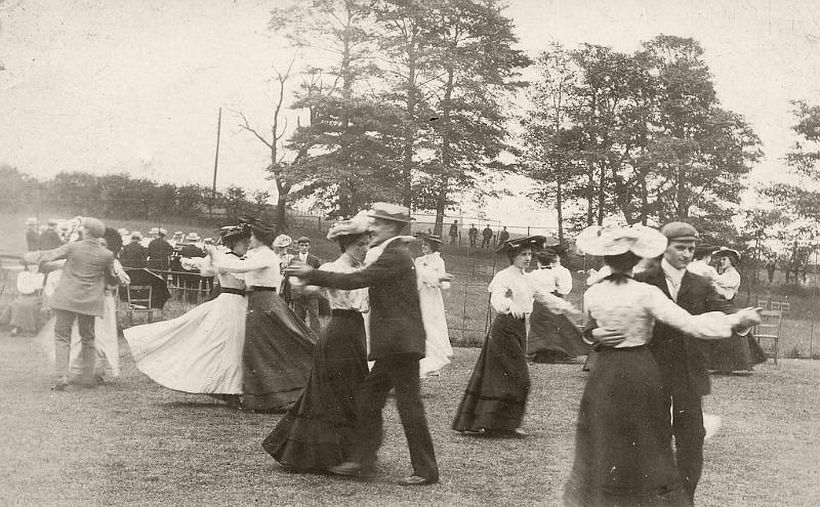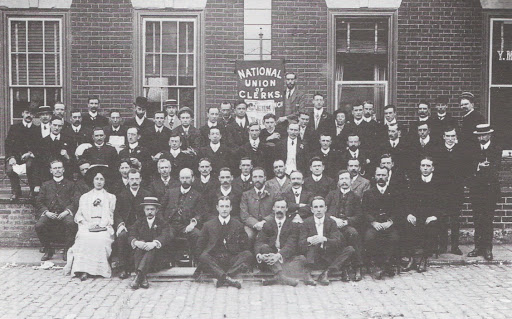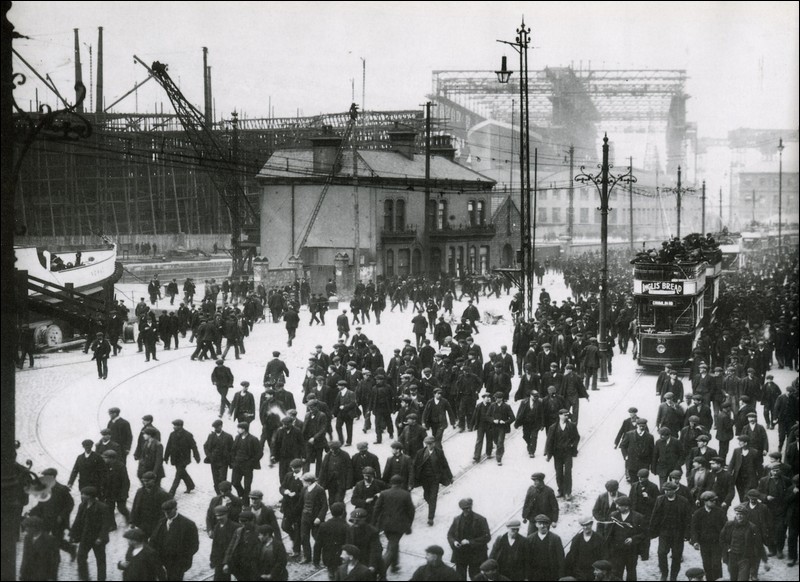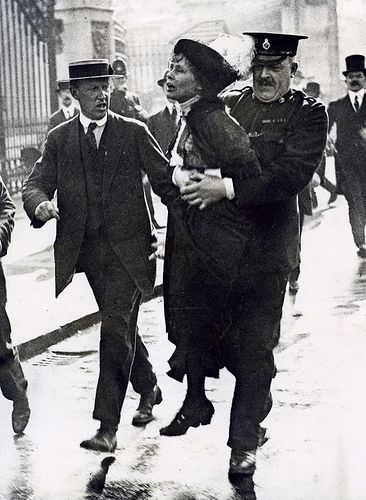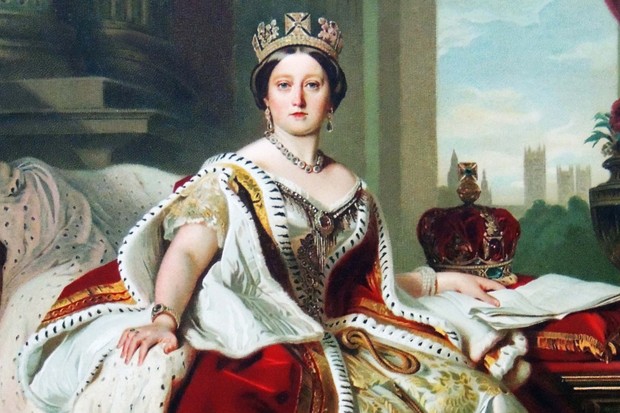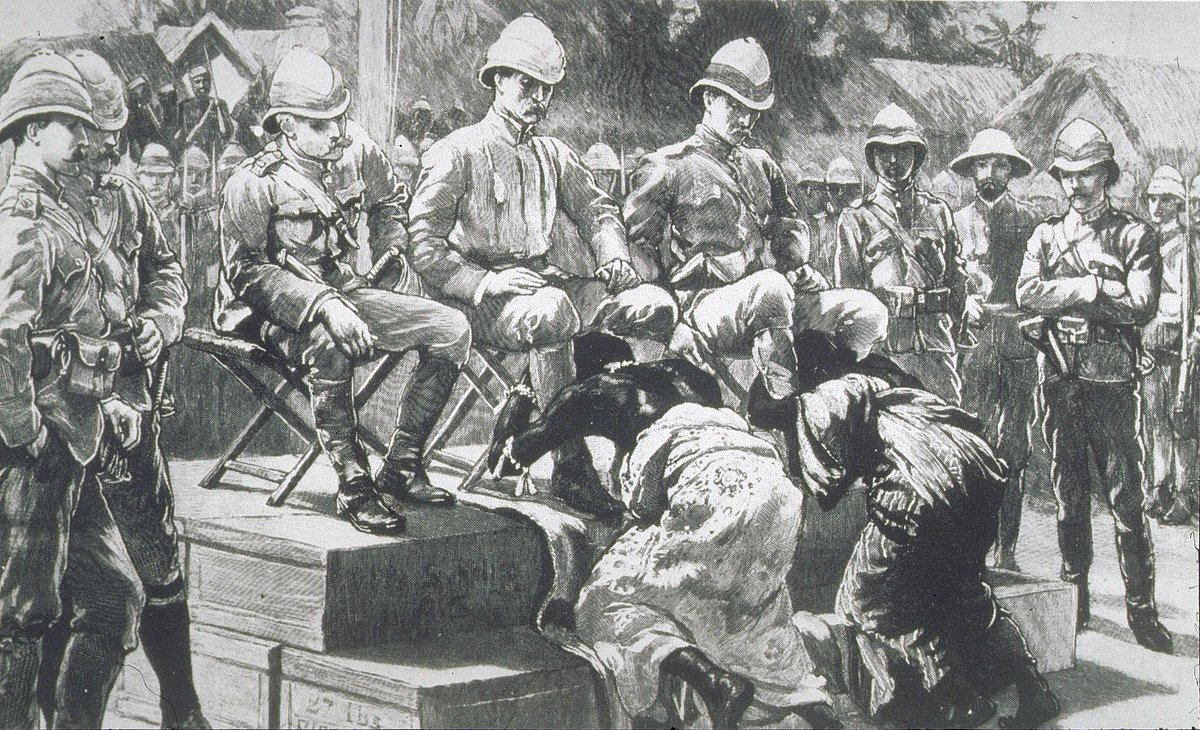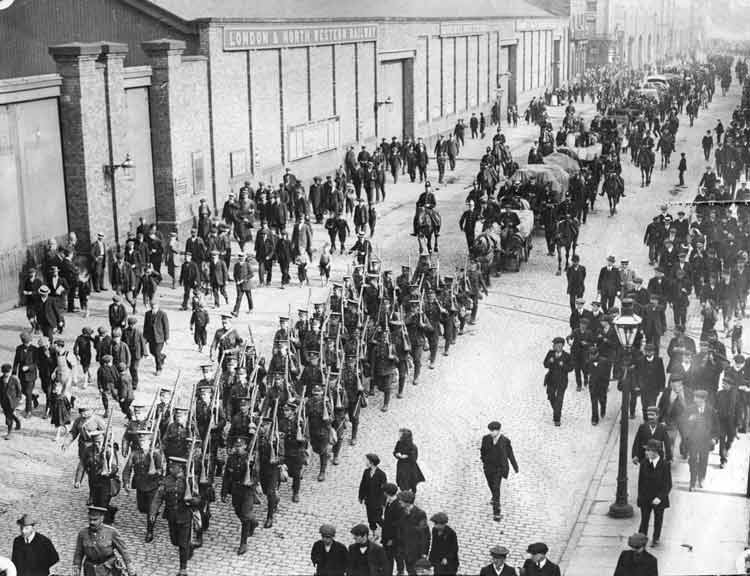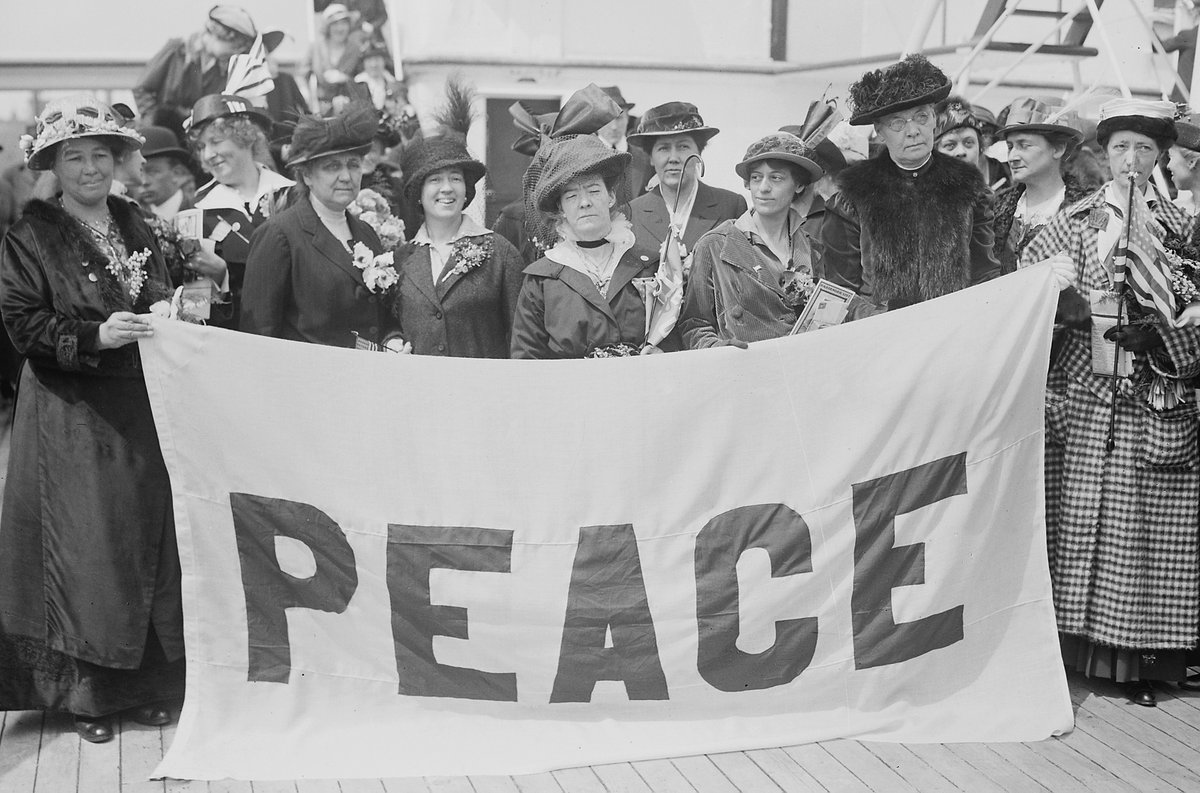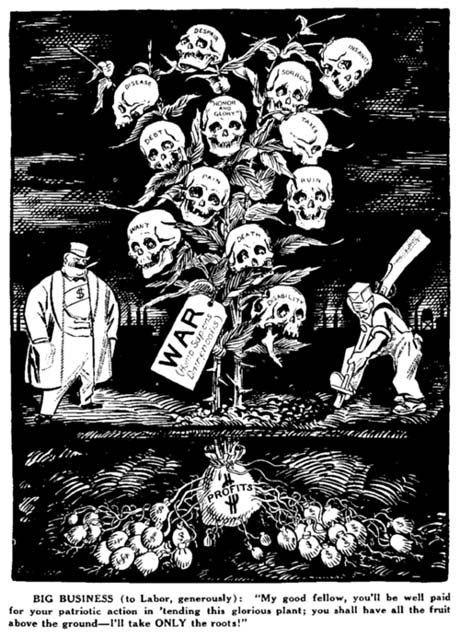When talking about History and History of fashion, ‘Victorian’ and ‘Edwardian’ are two terms very used… but what does exactly differentiate them?
The difference between the Victorian Era and the Edwardian Era in its strictest meaning, is that the Victorian Era was the time in which Victoria was on the throne (1837-1901)
And the Edwardian Era was the time in which her son, Edward VII was on the throne (1901-1910). Many historians consider the Edwardian period to extend until 1914, until the start of the Great War.
But as History tells us, the spirit of the age is what defines an era, not just the monarch. There are some things that both eras have in common, but there are some major differences.
The distinctly 19th century Victorian era was a time of locomotives and steam travel, gas lighting, horse-drawn carriages and the telegraph.
The Edwardian era witnessed the development of the automobile industry, the electric lighting and, thanks to the 1899 Telegraph Act, the first local telephone systems.
By the late 1890& #39;s it became more common for homes of the middle to upper class to have electricity, phones, indoor plumbing, and even a car.
The Edwardian Era was different in its morals, having a more lax standard in its code of conduct, compared to Victorian society, which was incredibly conservative.
Unlike Queen Victoria, King Edward loved to travel, and his tastes were influenced by the art and style of Continental Europe. As a result, fashion during the Edwardian era was more lavish than Victorian fashion.
King Edward VII distinguished himself with his active foreign policy. Queen Victoria, largely withdrawn from public life, had ruled as a remote figure.
These are but just a few examples of course, but the Edwardian Era is one of the finest examples in modern history of an era truly in the crux of two very different worlds.
But, which were the differences in terms of fashion?
Victorian women& #39;s fashion was, in general, not about comfort.
It wasn’t unusual for a woman from the 1840s to wear six petticoats that, in total, weighed as much as 14 pounds.
By the mid-1850s, however, crinoline and cage hoops had replaced heavy petticoats, and by the middle of the Victorian era, around 1870, bustles replaced hoop skirts.
The fashion for large bustles ended in 1889. The bustle then survived into the 1890s and early 20th century, as a skirt support was still needed and the stylish shape
dictated a curve in the back of the skirt to balance the curve of the bust in front.
dictated a curve in the back of the skirt to balance the curve of the bust in front.
The bustle had completely disappeared by 1905, as the long corset of the early 20th century was now successful in shaping the body to protrude behind.
As opposition, Victorian hourglass-shaped corsets compressed the abdomen, forcing it downward. They were typically V-shaped at the bustline.
This new corset shape emerged during the last 10 years of the Victorian era, and was popular throughout the Edwardian period.
Known as the "health" corset, it allowed women to breathe a little more freely and was designed to support and raise the abdomen.
Unlike the corsets of the Victorian era, corsets worn during the Edwardian period moved straight across the bustline and were designed to force the chest forward and hips back, giving a women& #39;s profile has an S-shaped curve.
Skirts in the early Edwardian era followed a trumpet bell shape, flaring over the hips and widening at the hemline.
By the end of the Edwardian era, however, skirts were straighter, and high empire waistlines created a new silhouette.
Edwardian ones used a lot of lace and ruffles, and Victorian ones followed the fashion of the decades, which sometimes meant buttons (like the 1880s), gigot sleeves (like the 1890s) etc
Styles varied quite a bit throughout the nearly 7 decades of Queen Victoria’s reign, with everything from simple middle parts to elaborate pieces made from human hair being in fashion.
Accessories such as combs, pearls, hats and bonnets each had their time in the spotlight throughout the 1800s.
Hair was long in the Victorian age. Extremely long. Haircuts weren’t exactly a thing yet for women.They did occasionally trim split ends, or even singe them, but long hair was viewed as being ultra-feminine and desirable.
In the Edwardian era, hairstyles were characterized by their soft opulence. Though women wore very long hair, they often used pads or fake hair to make it look fuller – especially on formally occasions.
Menswear changed only slightly from the Victorian to the Edwardian eras. Calf-length coats, single-breasted tweed jackets, and three-piece suits worn open to reveal a waistcoat were popular styles throughout both periods.
Top hats and ascots were popular accessories. During the earlier part of the Victorian era, men’s coats were long, ending mid-calf. Dramatic cloaks or capes were also worn.
At the start of the Edwardian era in the early 1900s, jacket and suit styles were updated with the incorporation of elements still seen in modern menswear, including straighter cuts, especially for jackets and coats. Men& #39;s clothing was also designed to fit closer to the body.
Gothic Revival architecture was a hallmark of the Victorian era. A classic example of this is England& #39;s Houses of Parliament, with the decorative battlements, scalloping and lancet windows.
The Edwardian era corresponded to France& #39;s Belle Epoque (even though it happened from 1871 to 1914, it had more in common with Edwardian era than with Victorian) and shared that era’s predilection for artistic experimentation.
Literary examples include the psychological narratives of Joseph Conrad and the imaginative fiction of H.G. Wells.
The Edwardian era also saw the emergence of mass-produced recorded music, available as wax cylinders.
The Edwardian era saw an increase in social agitation. Groups marginalized in the Victorian era, such as women and laborers, became politicized.
The Edwardian era marked the beginning of the women’s suffrage movement, and the rise of the labor movement culminated in the Great Unrest of 1911.
The Victorian era witnessed Britain’s emergence as a global power, one that controlled almost a quarter of the planet. This was accomplished mainly to expand trade and capture resources to fuel industry.
In the Edwardian era, the labor movement helped the first British anti-war movement reach the height of its pre-World War I influence.
So, as we just saw, the Victorian and Edwardian era were really different, even if they’re commonly mistaken.
Thank you very much if you read until the end, I hope that this thread has been helpful <3
(and now I& #39;m going to bed)

 Read on Twitter
Read on Twitter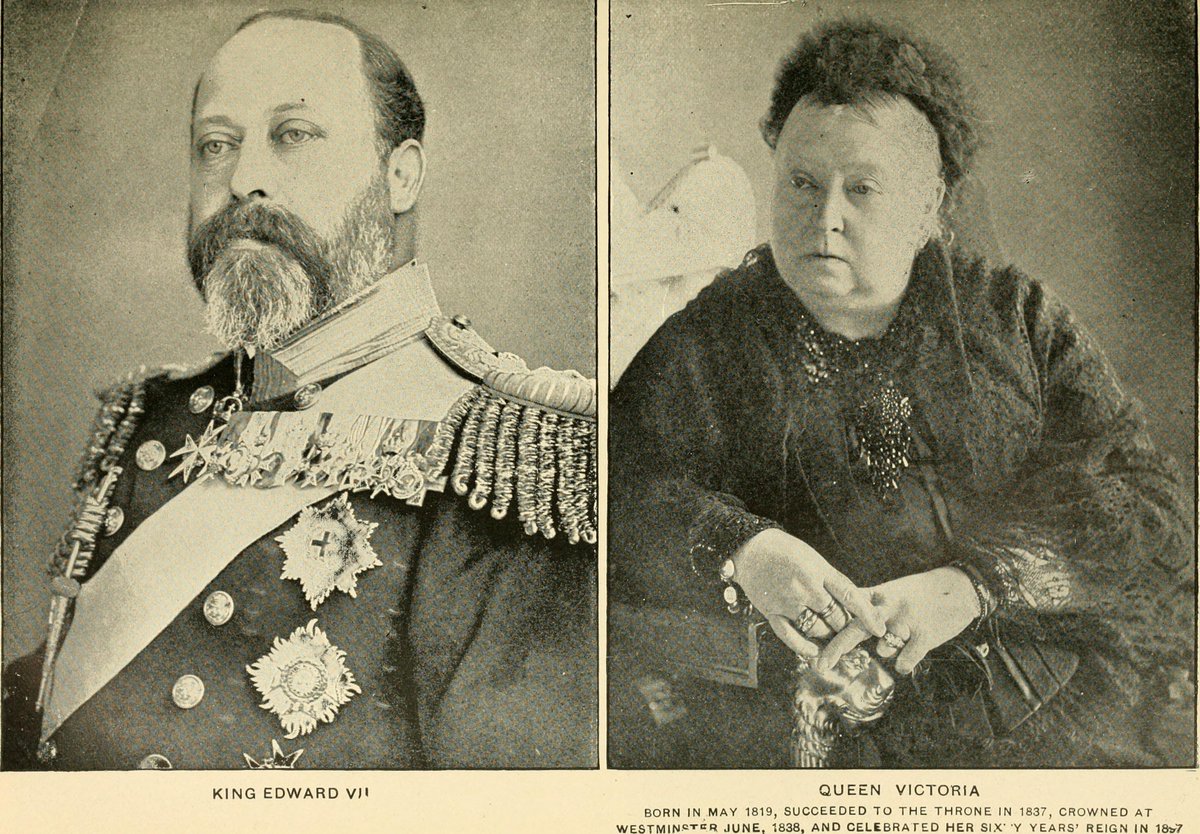 https://abs.twimg.com/emoji/v2/... draggable="false" alt="🎩" title="Zylinder" aria-label="Emoji: Zylinder"> Victorian VS Edwardian. What are the differences between these two eras? A THREAD https://abs.twimg.com/emoji/v2/... draggable="false" alt="🎩" title="Zylinder" aria-label="Emoji: Zylinder">https://abs.twimg.com/emoji/v2/... draggable="false" alt="👑" title="Krone" aria-label="Emoji: Krone">" title="https://abs.twimg.com/emoji/v2/... draggable="false" alt="👑" title="Krone" aria-label="Emoji: Krone">https://abs.twimg.com/emoji/v2/... draggable="false" alt="🎩" title="Zylinder" aria-label="Emoji: Zylinder"> Victorian VS Edwardian. What are the differences between these two eras? A THREAD https://abs.twimg.com/emoji/v2/... draggable="false" alt="🎩" title="Zylinder" aria-label="Emoji: Zylinder">https://abs.twimg.com/emoji/v2/... draggable="false" alt="👑" title="Krone" aria-label="Emoji: Krone">">
https://abs.twimg.com/emoji/v2/... draggable="false" alt="🎩" title="Zylinder" aria-label="Emoji: Zylinder"> Victorian VS Edwardian. What are the differences between these two eras? A THREAD https://abs.twimg.com/emoji/v2/... draggable="false" alt="🎩" title="Zylinder" aria-label="Emoji: Zylinder">https://abs.twimg.com/emoji/v2/... draggable="false" alt="👑" title="Krone" aria-label="Emoji: Krone">" title="https://abs.twimg.com/emoji/v2/... draggable="false" alt="👑" title="Krone" aria-label="Emoji: Krone">https://abs.twimg.com/emoji/v2/... draggable="false" alt="🎩" title="Zylinder" aria-label="Emoji: Zylinder"> Victorian VS Edwardian. What are the differences between these two eras? A THREAD https://abs.twimg.com/emoji/v2/... draggable="false" alt="🎩" title="Zylinder" aria-label="Emoji: Zylinder">https://abs.twimg.com/emoji/v2/... draggable="false" alt="👑" title="Krone" aria-label="Emoji: Krone">">
 https://abs.twimg.com/emoji/v2/... draggable="false" alt="🎩" title="Zylinder" aria-label="Emoji: Zylinder"> Victorian VS Edwardian. What are the differences between these two eras? A THREAD https://abs.twimg.com/emoji/v2/... draggable="false" alt="🎩" title="Zylinder" aria-label="Emoji: Zylinder">https://abs.twimg.com/emoji/v2/... draggable="false" alt="👑" title="Krone" aria-label="Emoji: Krone">" title="https://abs.twimg.com/emoji/v2/... draggable="false" alt="👑" title="Krone" aria-label="Emoji: Krone">https://abs.twimg.com/emoji/v2/... draggable="false" alt="🎩" title="Zylinder" aria-label="Emoji: Zylinder"> Victorian VS Edwardian. What are the differences between these two eras? A THREAD https://abs.twimg.com/emoji/v2/... draggable="false" alt="🎩" title="Zylinder" aria-label="Emoji: Zylinder">https://abs.twimg.com/emoji/v2/... draggable="false" alt="👑" title="Krone" aria-label="Emoji: Krone">">
https://abs.twimg.com/emoji/v2/... draggable="false" alt="🎩" title="Zylinder" aria-label="Emoji: Zylinder"> Victorian VS Edwardian. What are the differences between these two eras? A THREAD https://abs.twimg.com/emoji/v2/... draggable="false" alt="🎩" title="Zylinder" aria-label="Emoji: Zylinder">https://abs.twimg.com/emoji/v2/... draggable="false" alt="👑" title="Krone" aria-label="Emoji: Krone">" title="https://abs.twimg.com/emoji/v2/... draggable="false" alt="👑" title="Krone" aria-label="Emoji: Krone">https://abs.twimg.com/emoji/v2/... draggable="false" alt="🎩" title="Zylinder" aria-label="Emoji: Zylinder"> Victorian VS Edwardian. What are the differences between these two eras? A THREAD https://abs.twimg.com/emoji/v2/... draggable="false" alt="🎩" title="Zylinder" aria-label="Emoji: Zylinder">https://abs.twimg.com/emoji/v2/... draggable="false" alt="👑" title="Krone" aria-label="Emoji: Krone">">
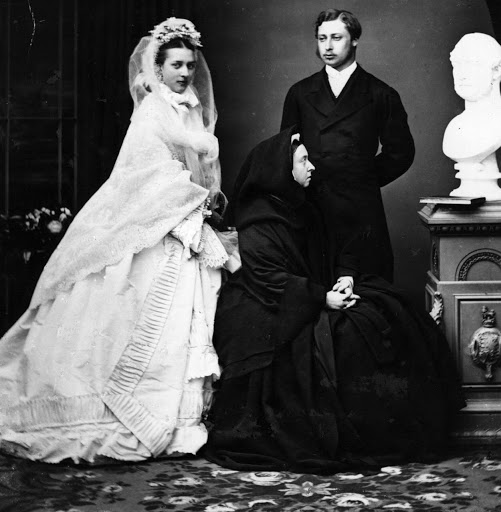 https://abs.twimg.com/emoji/v2/... draggable="false" alt="🎩" title="Zylinder" aria-label="Emoji: Zylinder"> Victorian VS Edwardian. What are the differences between these two eras? A THREAD https://abs.twimg.com/emoji/v2/... draggable="false" alt="🎩" title="Zylinder" aria-label="Emoji: Zylinder">https://abs.twimg.com/emoji/v2/... draggable="false" alt="👑" title="Krone" aria-label="Emoji: Krone">" title="https://abs.twimg.com/emoji/v2/... draggable="false" alt="👑" title="Krone" aria-label="Emoji: Krone">https://abs.twimg.com/emoji/v2/... draggable="false" alt="🎩" title="Zylinder" aria-label="Emoji: Zylinder"> Victorian VS Edwardian. What are the differences between these two eras? A THREAD https://abs.twimg.com/emoji/v2/... draggable="false" alt="🎩" title="Zylinder" aria-label="Emoji: Zylinder">https://abs.twimg.com/emoji/v2/... draggable="false" alt="👑" title="Krone" aria-label="Emoji: Krone">">
https://abs.twimg.com/emoji/v2/... draggable="false" alt="🎩" title="Zylinder" aria-label="Emoji: Zylinder"> Victorian VS Edwardian. What are the differences between these two eras? A THREAD https://abs.twimg.com/emoji/v2/... draggable="false" alt="🎩" title="Zylinder" aria-label="Emoji: Zylinder">https://abs.twimg.com/emoji/v2/... draggable="false" alt="👑" title="Krone" aria-label="Emoji: Krone">" title="https://abs.twimg.com/emoji/v2/... draggable="false" alt="👑" title="Krone" aria-label="Emoji: Krone">https://abs.twimg.com/emoji/v2/... draggable="false" alt="🎩" title="Zylinder" aria-label="Emoji: Zylinder"> Victorian VS Edwardian. What are the differences between these two eras? A THREAD https://abs.twimg.com/emoji/v2/... draggable="false" alt="🎩" title="Zylinder" aria-label="Emoji: Zylinder">https://abs.twimg.com/emoji/v2/... draggable="false" alt="👑" title="Krone" aria-label="Emoji: Krone">">
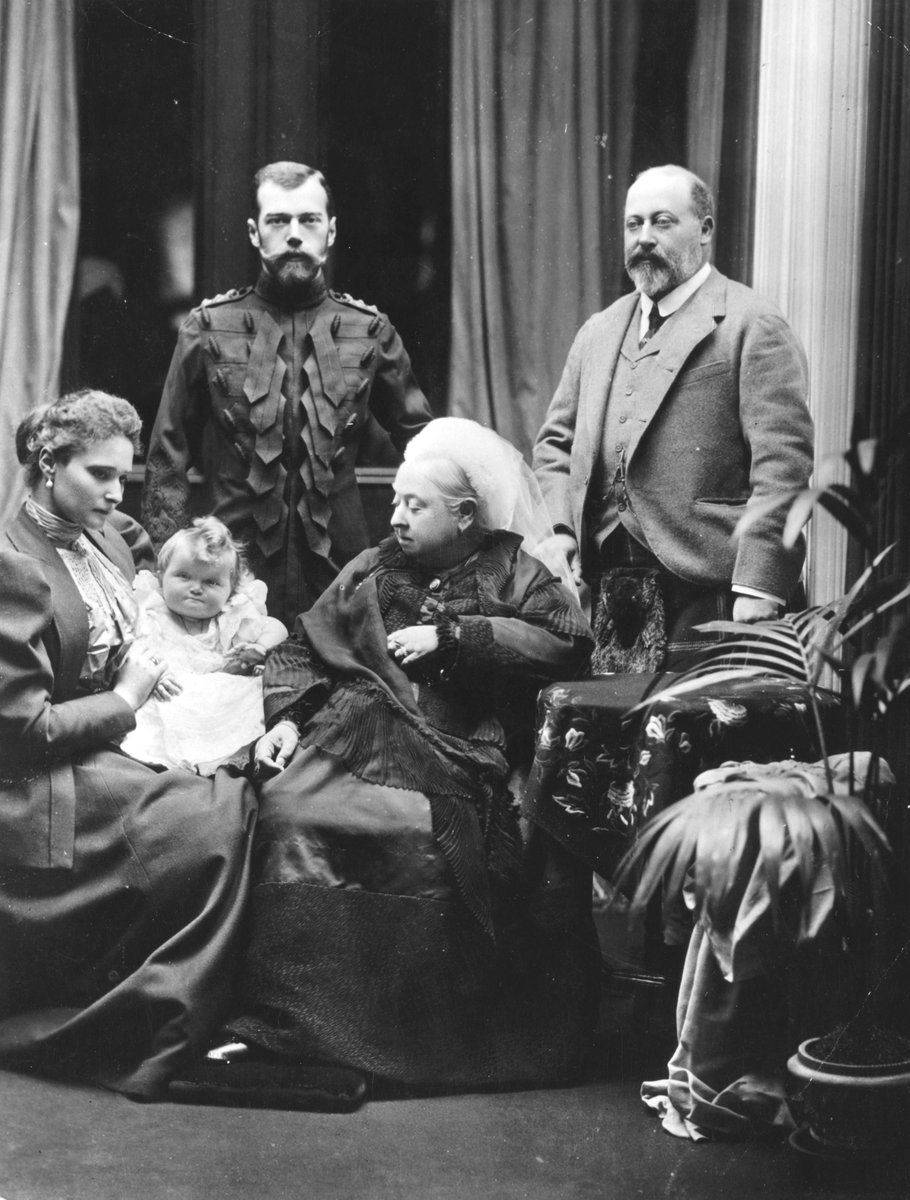 https://abs.twimg.com/emoji/v2/... draggable="false" alt="🎩" title="Zylinder" aria-label="Emoji: Zylinder"> Victorian VS Edwardian. What are the differences between these two eras? A THREAD https://abs.twimg.com/emoji/v2/... draggable="false" alt="🎩" title="Zylinder" aria-label="Emoji: Zylinder">https://abs.twimg.com/emoji/v2/... draggable="false" alt="👑" title="Krone" aria-label="Emoji: Krone">" title="https://abs.twimg.com/emoji/v2/... draggable="false" alt="👑" title="Krone" aria-label="Emoji: Krone">https://abs.twimg.com/emoji/v2/... draggable="false" alt="🎩" title="Zylinder" aria-label="Emoji: Zylinder"> Victorian VS Edwardian. What are the differences between these two eras? A THREAD https://abs.twimg.com/emoji/v2/... draggable="false" alt="🎩" title="Zylinder" aria-label="Emoji: Zylinder">https://abs.twimg.com/emoji/v2/... draggable="false" alt="👑" title="Krone" aria-label="Emoji: Krone">">
https://abs.twimg.com/emoji/v2/... draggable="false" alt="🎩" title="Zylinder" aria-label="Emoji: Zylinder"> Victorian VS Edwardian. What are the differences between these two eras? A THREAD https://abs.twimg.com/emoji/v2/... draggable="false" alt="🎩" title="Zylinder" aria-label="Emoji: Zylinder">https://abs.twimg.com/emoji/v2/... draggable="false" alt="👑" title="Krone" aria-label="Emoji: Krone">" title="https://abs.twimg.com/emoji/v2/... draggable="false" alt="👑" title="Krone" aria-label="Emoji: Krone">https://abs.twimg.com/emoji/v2/... draggable="false" alt="🎩" title="Zylinder" aria-label="Emoji: Zylinder"> Victorian VS Edwardian. What are the differences between these two eras? A THREAD https://abs.twimg.com/emoji/v2/... draggable="false" alt="🎩" title="Zylinder" aria-label="Emoji: Zylinder">https://abs.twimg.com/emoji/v2/... draggable="false" alt="👑" title="Krone" aria-label="Emoji: Krone">">


